I trust each one of us can agree that societal changes have happened during our lives and our grandparents’ lives. Cars, televisions, computers, as well as world wars and the atom bomb, which was dropped on Hiroshima when I was 1 month old, are dynamic situations that prompted profound changes in human society. What is “normal” today was not normal at all in my grandmother’s day, or during most of my life. Consider the following facts to understand the “universality” of social justice changes that benefit every one of us today.
1. In 1900, when my grandmother was born, 80% of the world population was serf, peasant or slave and did not have the right to vote or legal protection.
2. Though voting rights were expanding throughout the world at that time, to a large extent only white men who owned land could vote. Most men and women were “owned” by their traditions, such as “share crop,” in which peasants, serfs and former slaves gave a portion of their crops to the “lords” who owned the land.
3. Peasants, serfs and slaves did not have legal “rights” to life and liberty.
4. It was legal to own humans for more than 40 centuries. Bias, such as white supremacy, inferiority of women and dehumanizing blacks and all nonwhites, was legal, and existed for centuries and throughout my own grandmother’s life (1900–1953).
5. Women were “purchased” for marriage and their person and their belongings became the legal possessions of their husbands.
6. Every kind of bias was legal, even unjust and abusive behaviors were condoned. Domestic violence was legal and condoned! Child abuse and sexual exploitation was condoned. “Victims” were ostracized and punished by the “system” which blamed the victims.
7. The 13th Amendment “freeing” all citizens of the United States was passed just 30 years before my grandmother was born.
8. “Civil Rights” legislation was passed in 1963, when I was in college, which allowed education and jobs to be available to blacks, women and other minorities.
9. Before “Civil Rights” legislation it was legal to deny education and jobs to women and people of color. Housing and jobs could legally be denied on the basis of race and sex. After "Civil Rights" legislation, jobs, housing and education started the long road of seeking equality for all; however, there continued to be obstacles, both covert and overt.
10. Prior to 1963 and throughout my life up to that time, it was legal to deny housing, deny jobs and physically abuse minorities, wives and children. (Remember the old saying, “spare the rod, spoil the child”?) It was legal to hang a sign saying, “Blacks need not apply” (for jobs or housing).
11. Since 1963, the long hard road of pushing against long-established norms and biases has been challenged legally. We now, thanks to civil rights legislation, openly address domestic violence, which is no longer condoned. We now openly address child abuse, and priests are no longer allowed to sexually abuse children, which was quietly condoned and overlooked all over the world. Workplace sexual harassment is no longer condoned, as evidenced by celebrities who have lost their “privilege” and their careers due to sexual harassment of employees. African-Americans and women are now able to study medicine and law. Blacks are more able to live wherever they would like, rather than finding absolute restrictions confining them to one (often rundown) neighborhood.
Therefore, we all agree that ...
12. There are many good reasons why we all feel biases for our political parties, sports teams and churches. Most of our biases are helpful and good. Only biases removing personal safety and liberty of others are both unconstitutional and, thankfully now, unlawful.
13. Every citizen, Republican, Democrat, woman, man, Baptist, Catholic, Jewish, or Muslim, are benefiting from equal opportunity, freedom from sexual harassment and freedom from violence (domestic and institutional).
14. Violence, which law enforcement addresses every day, is the product of neglect, mental illness, poverty, systemic racism and ignorance. We are all united in our commitment to address violence and the victims trapped in abusive and toxic lives.
15. It now feels normal to have African Americans and women become doctors, lawyers and successful businessmen and women, and for diverse candidates and politicians to routinely seek the votes of women and minorities. None of that was normal in my grandmother’s day. The vote was given to women when she was 20 years old. And in my lifetime prejudice and legally condoned injustices did not start to be addressed until I turned 20! Not that long ago!
Auburn resident Gilda Brower is a founding member of the Harriet Tubman Center for Justice and Peace and also a member of the Auburn Human Rights Commission.
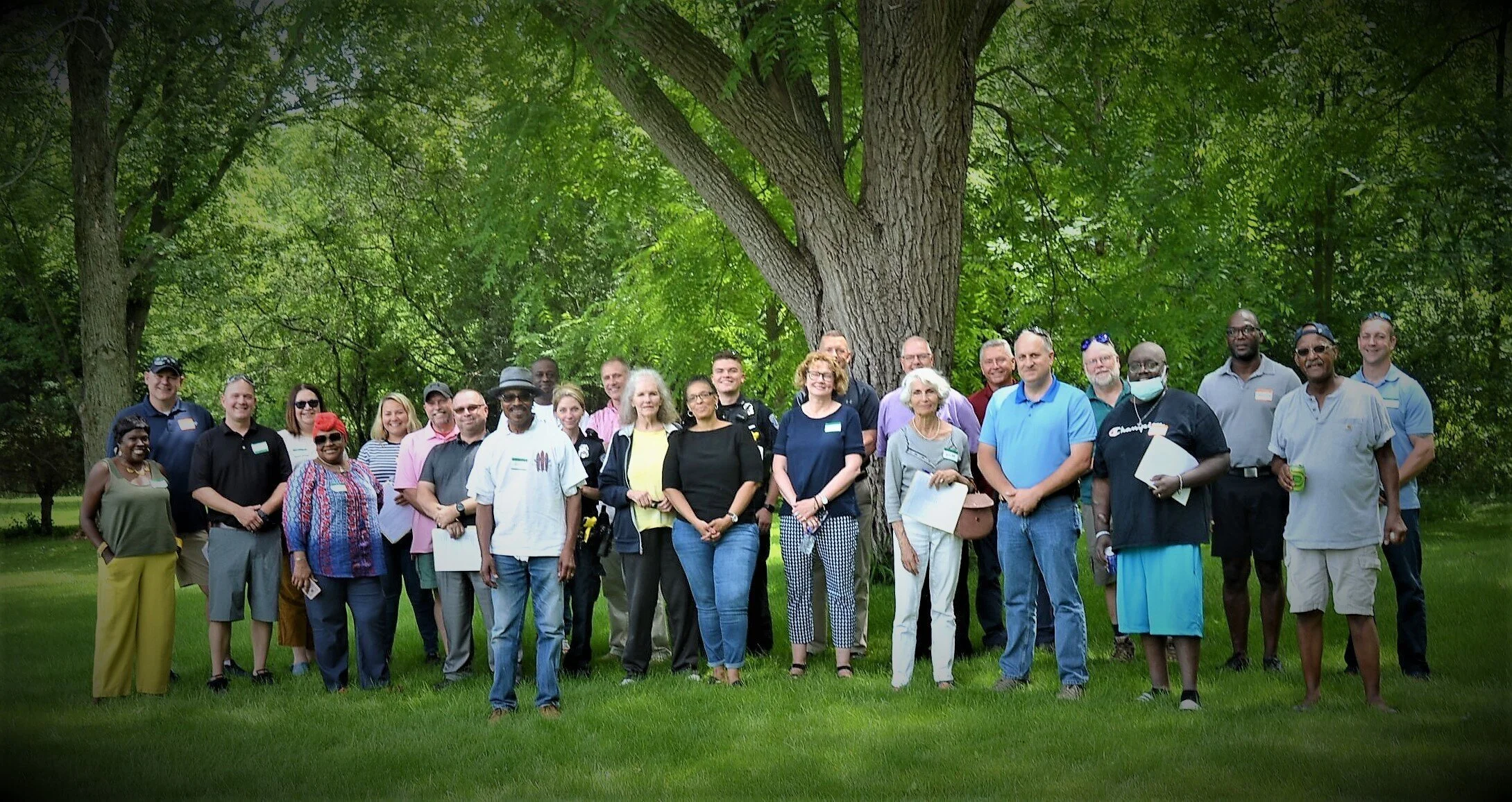















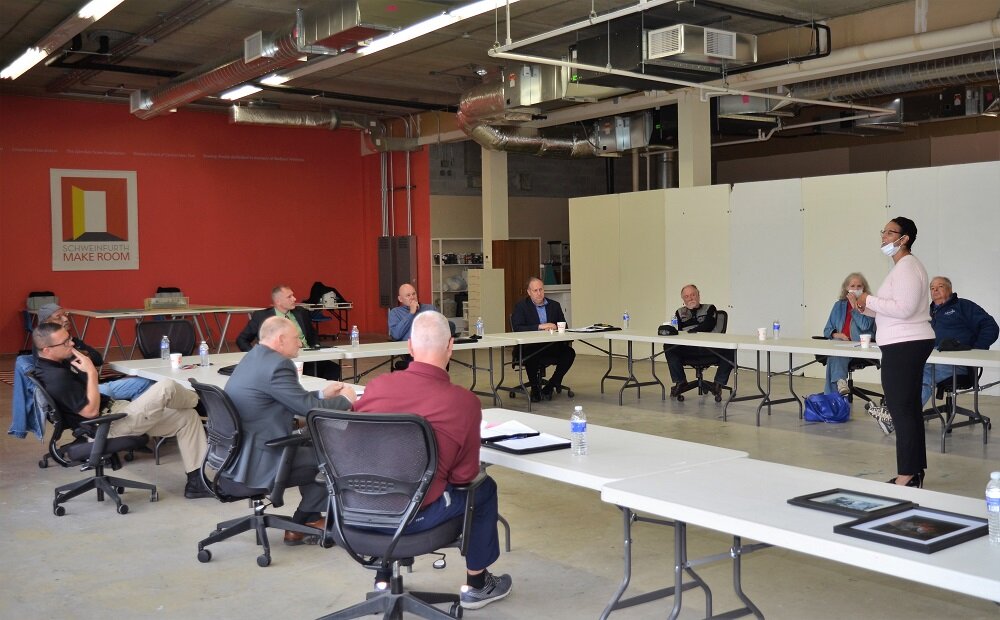
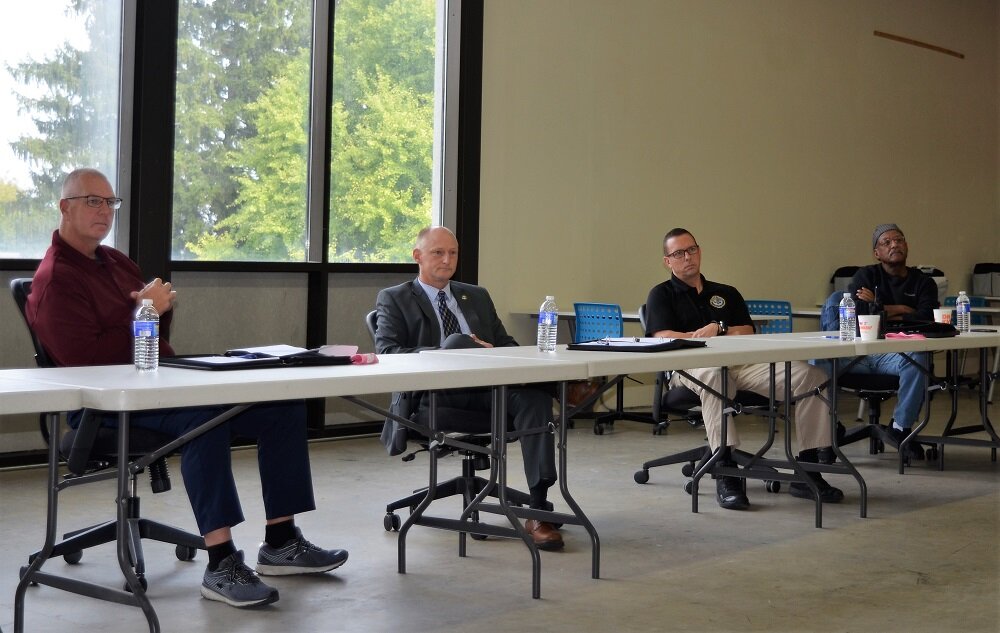
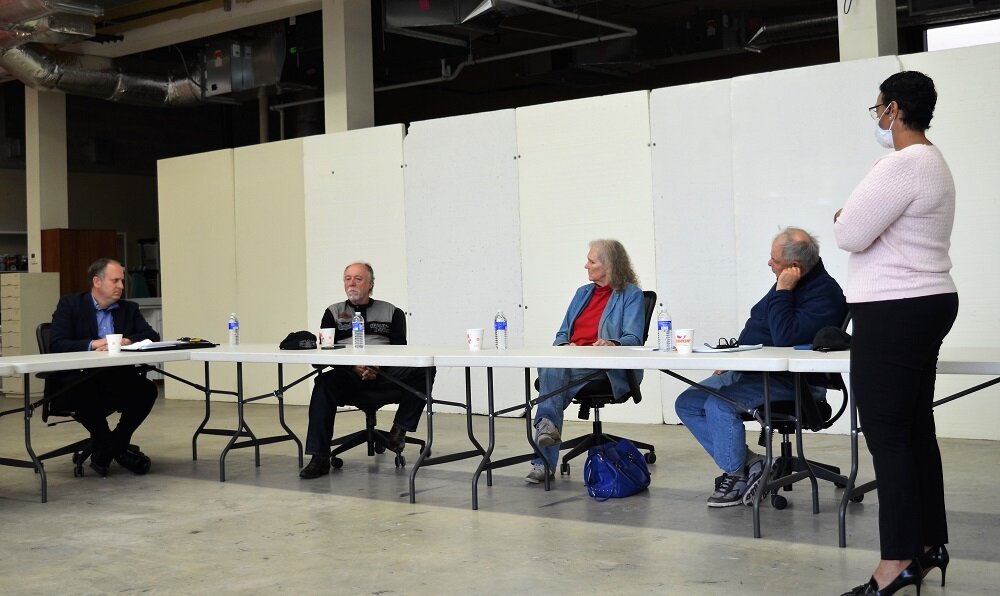
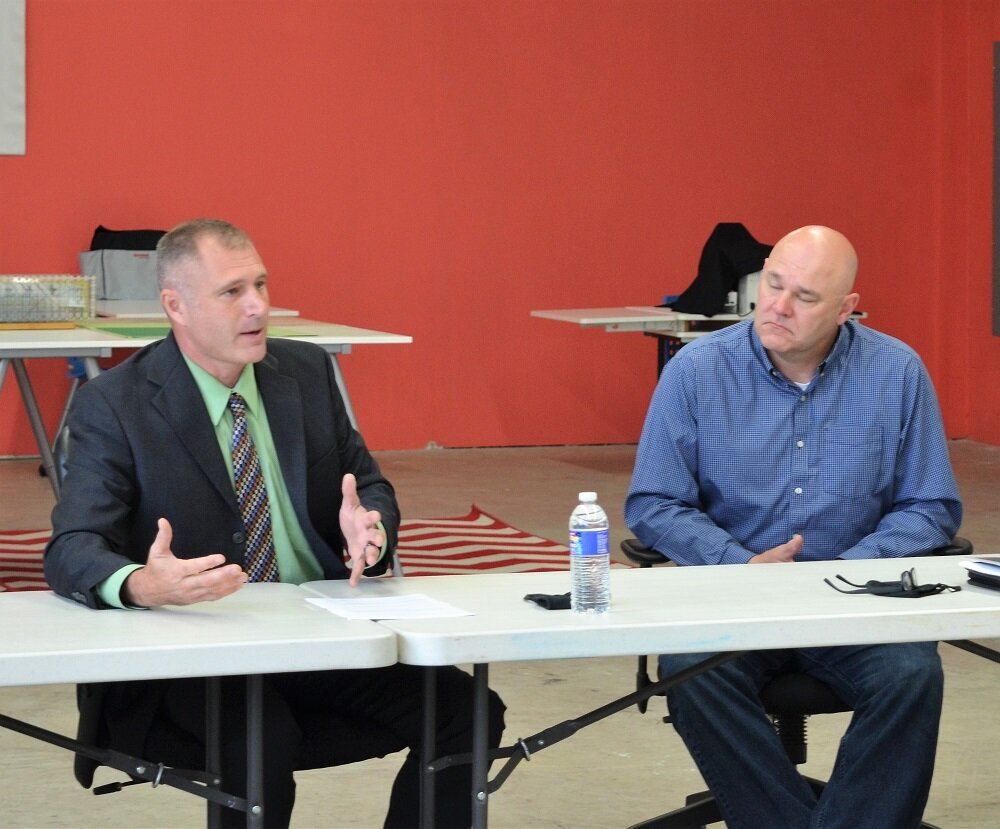
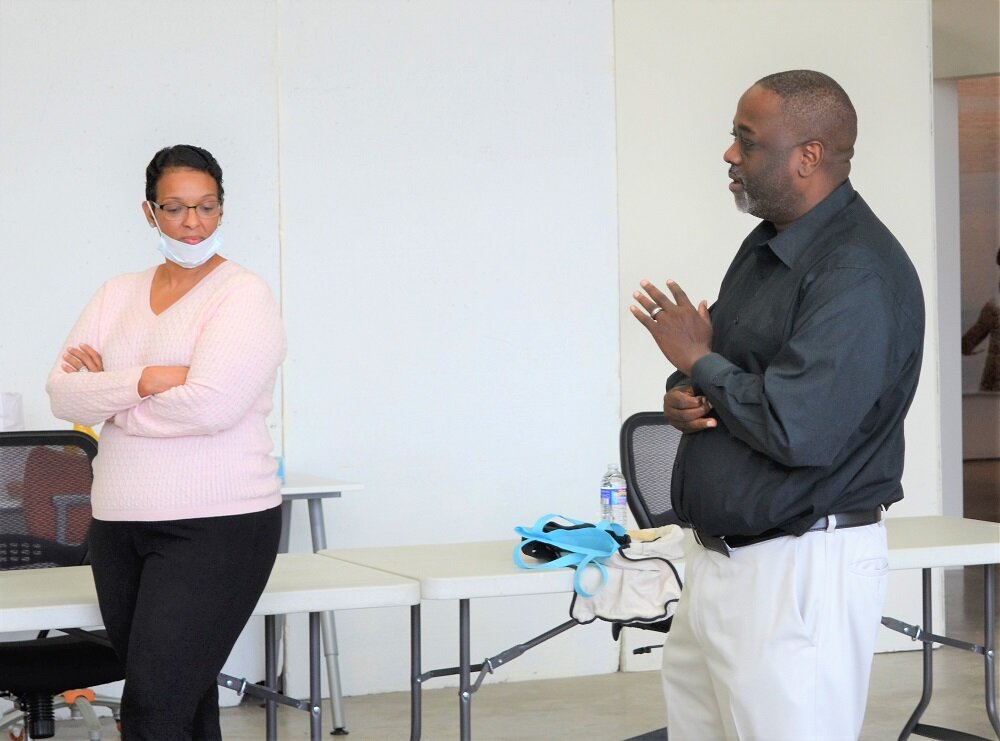
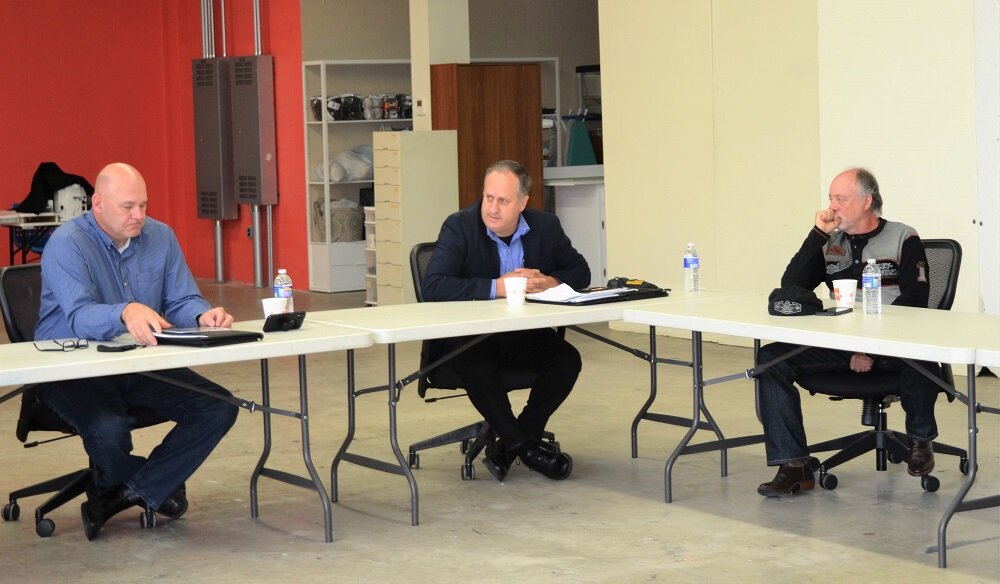
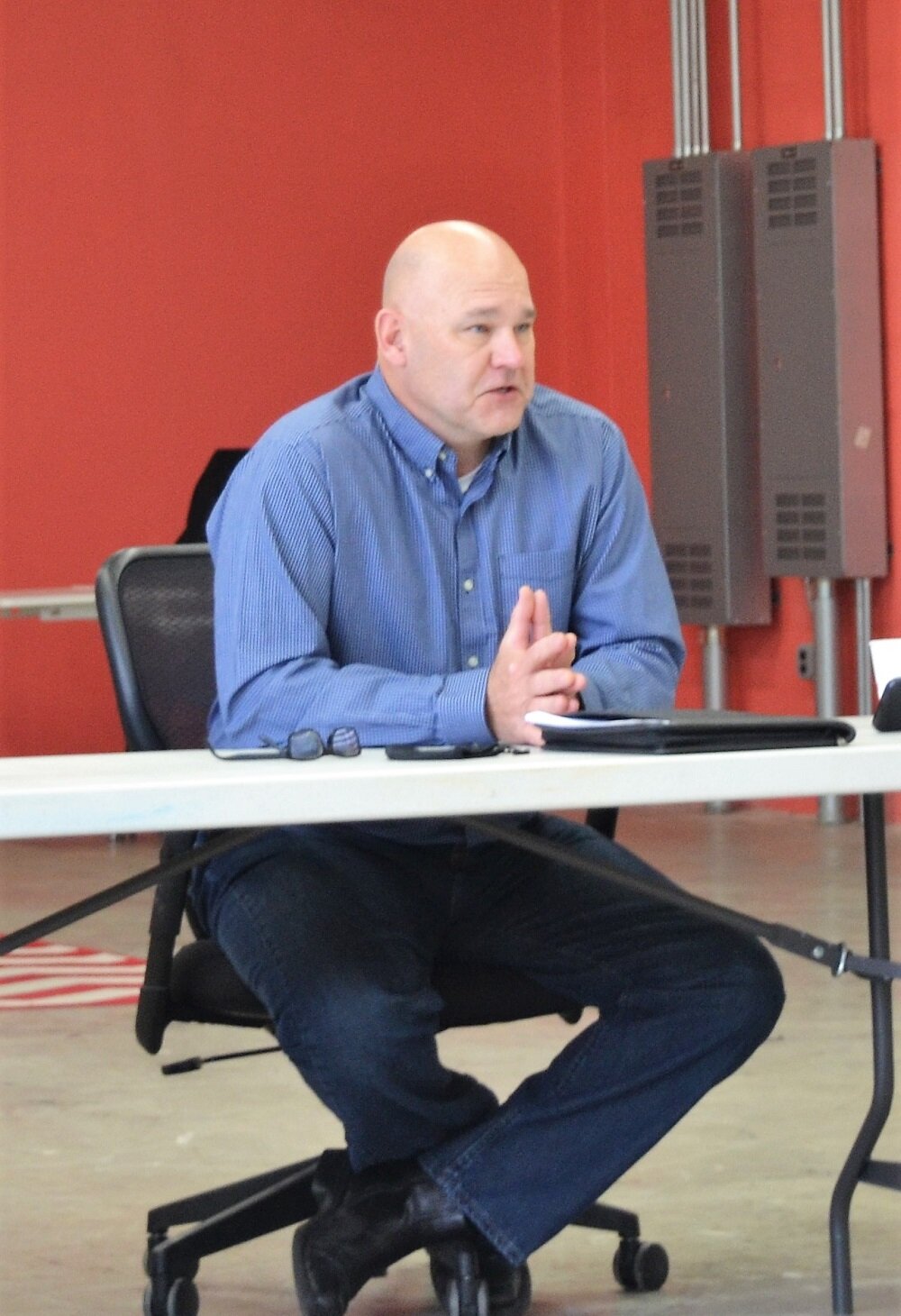
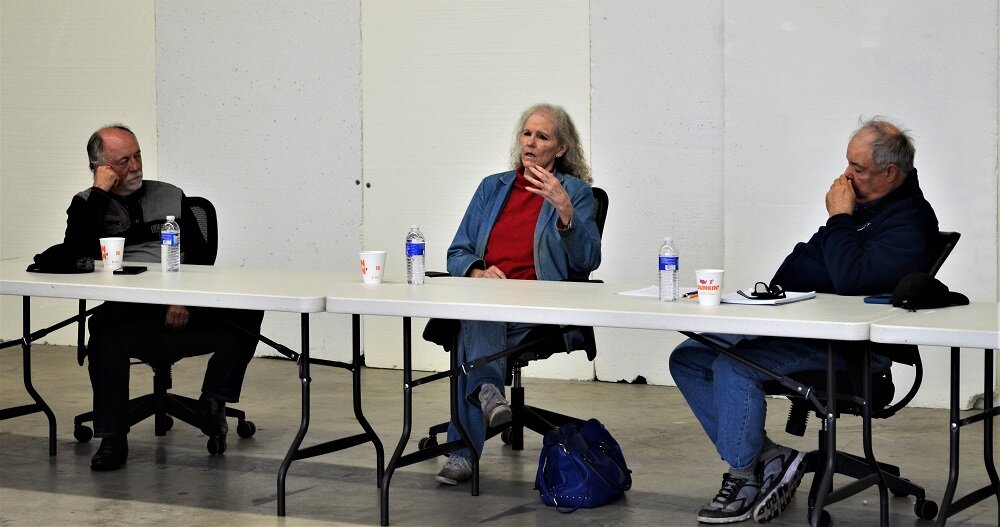
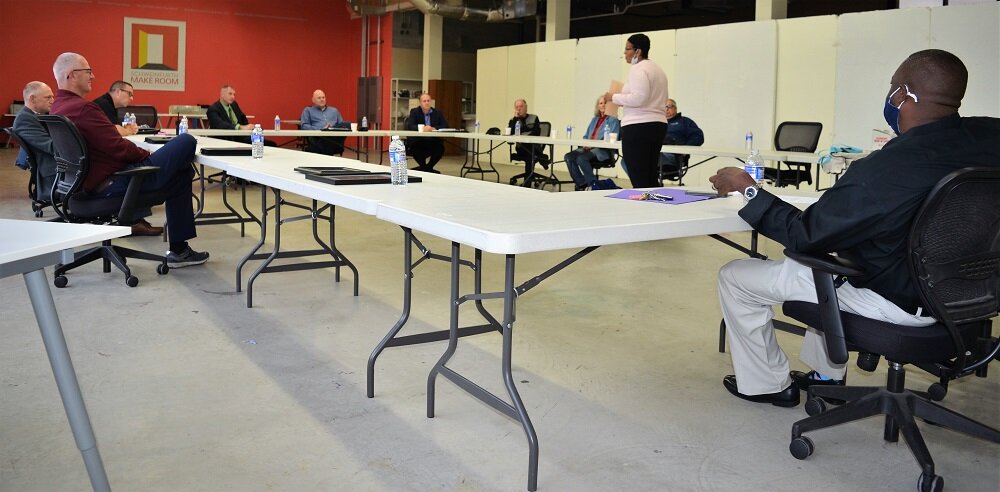
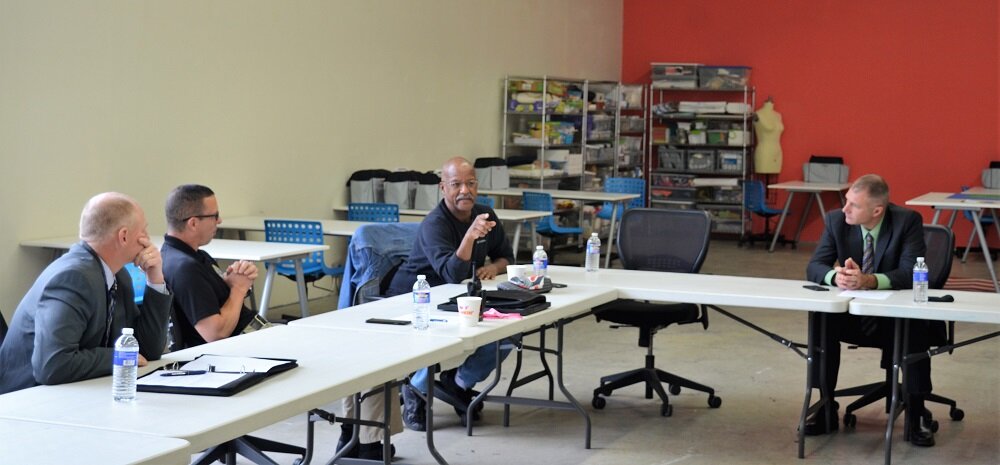
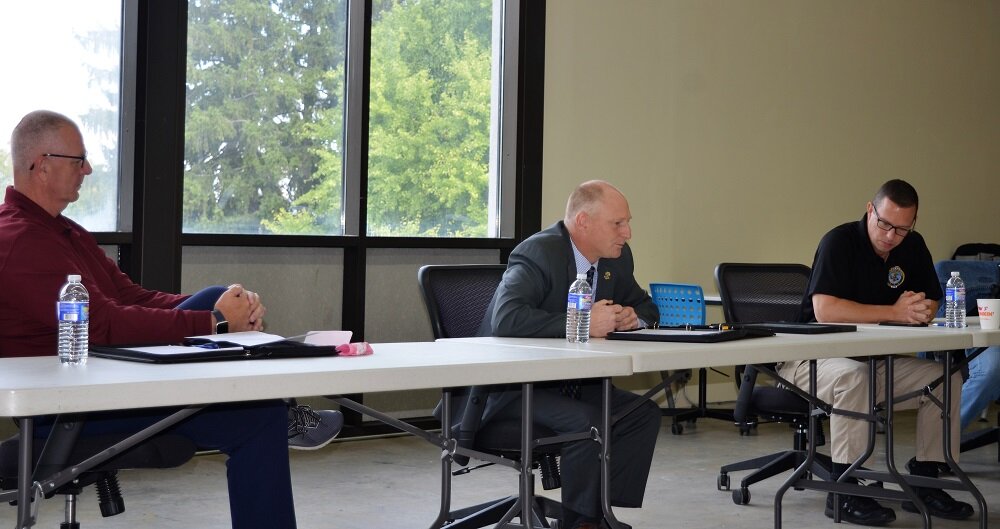
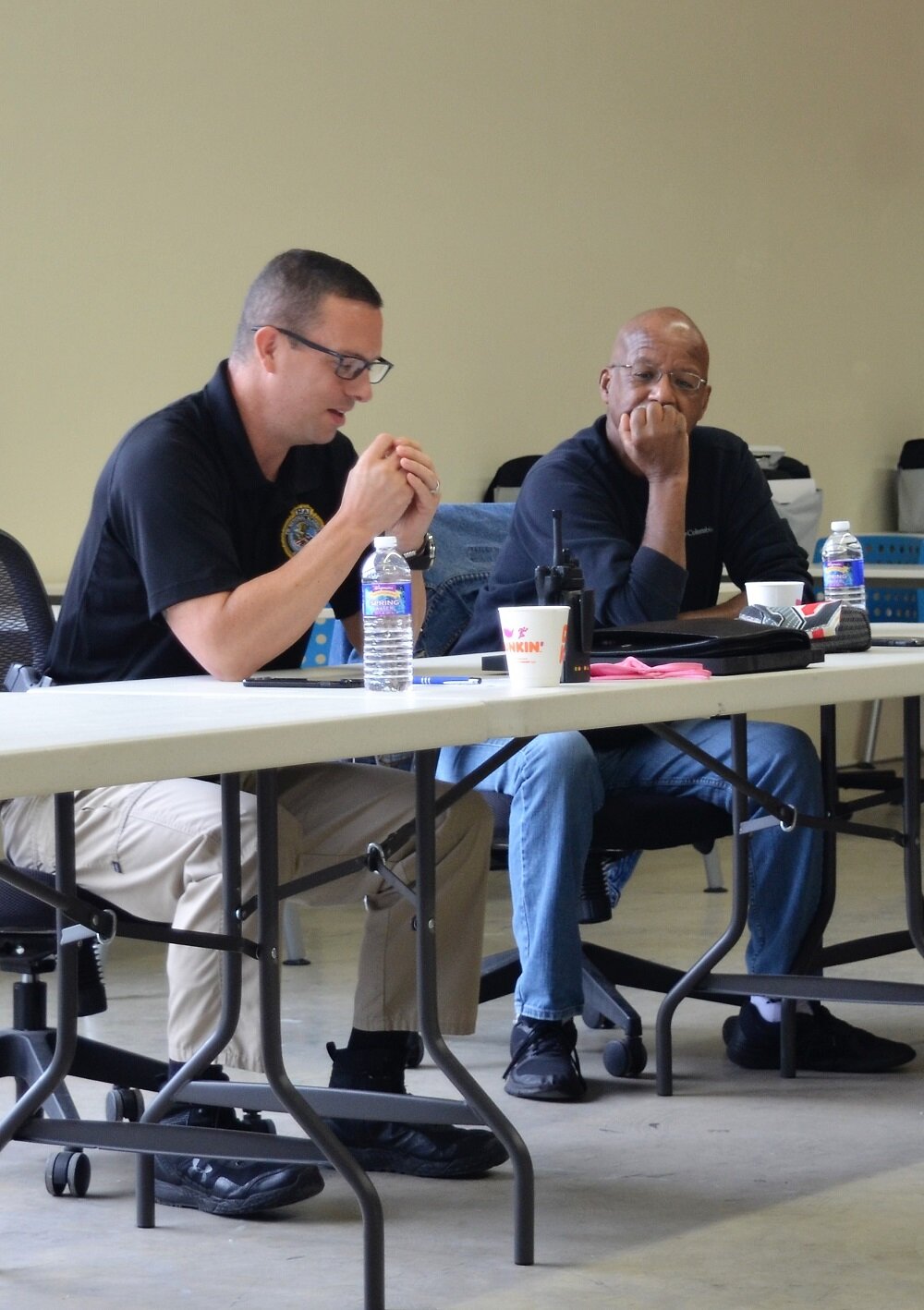

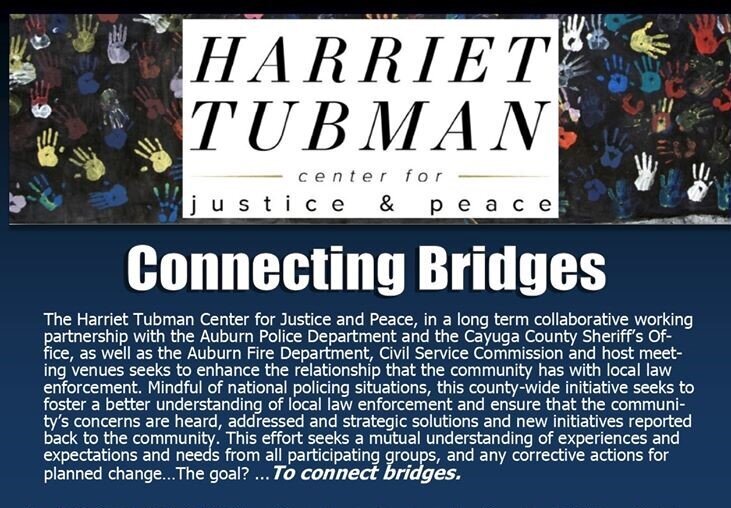




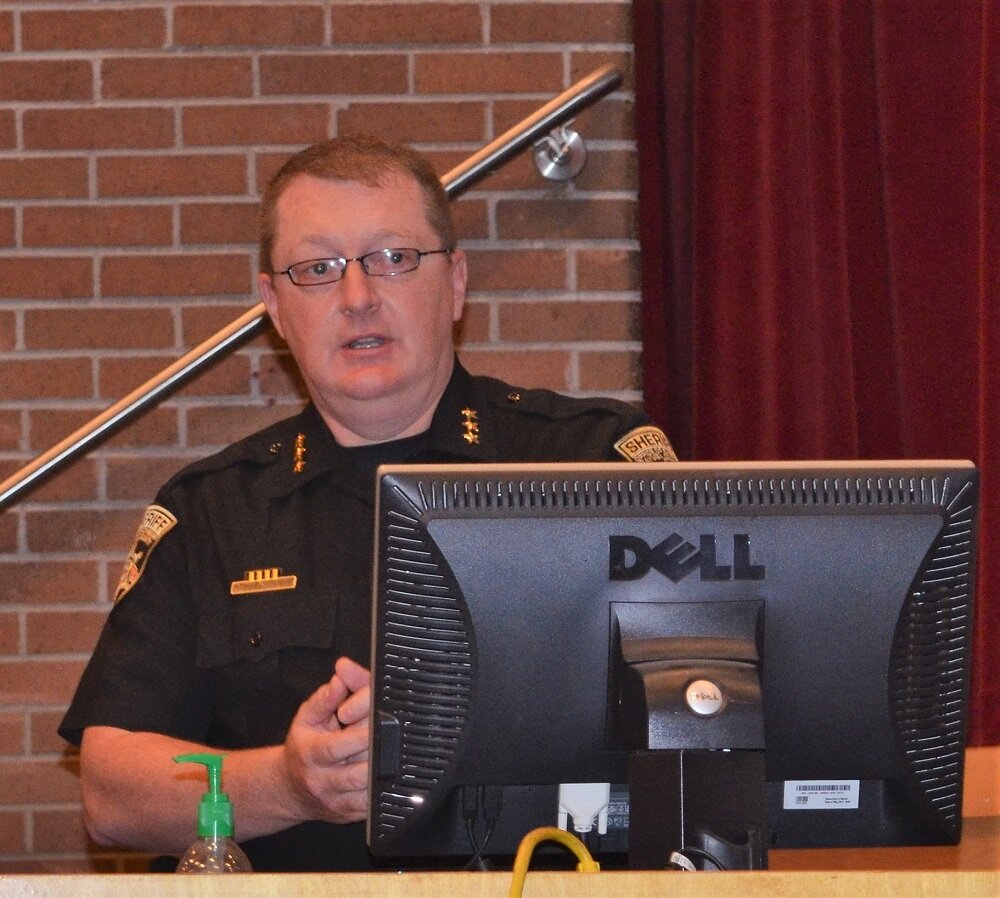
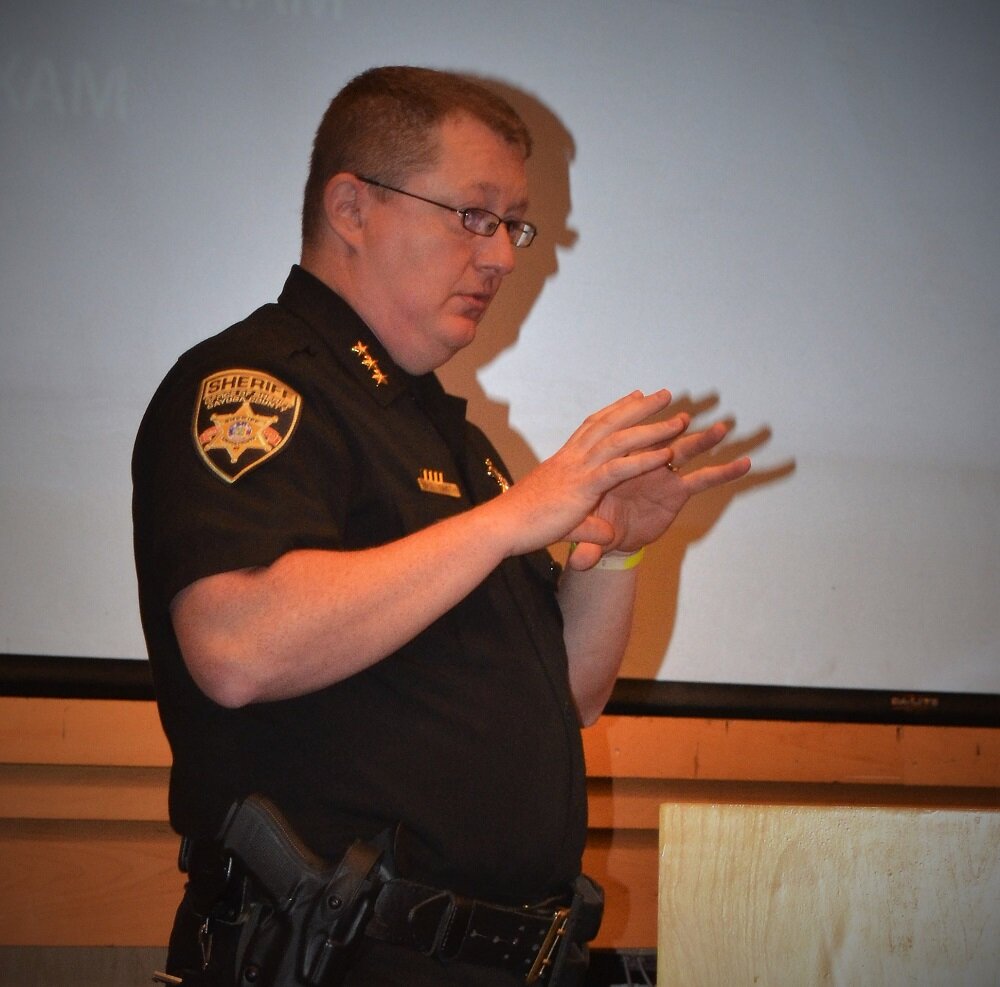
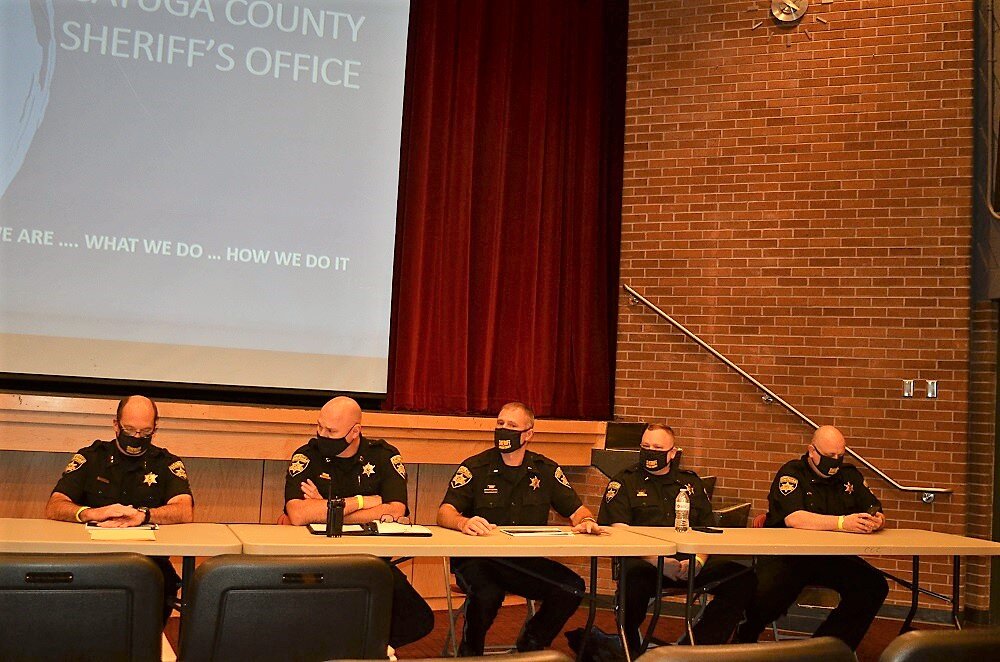
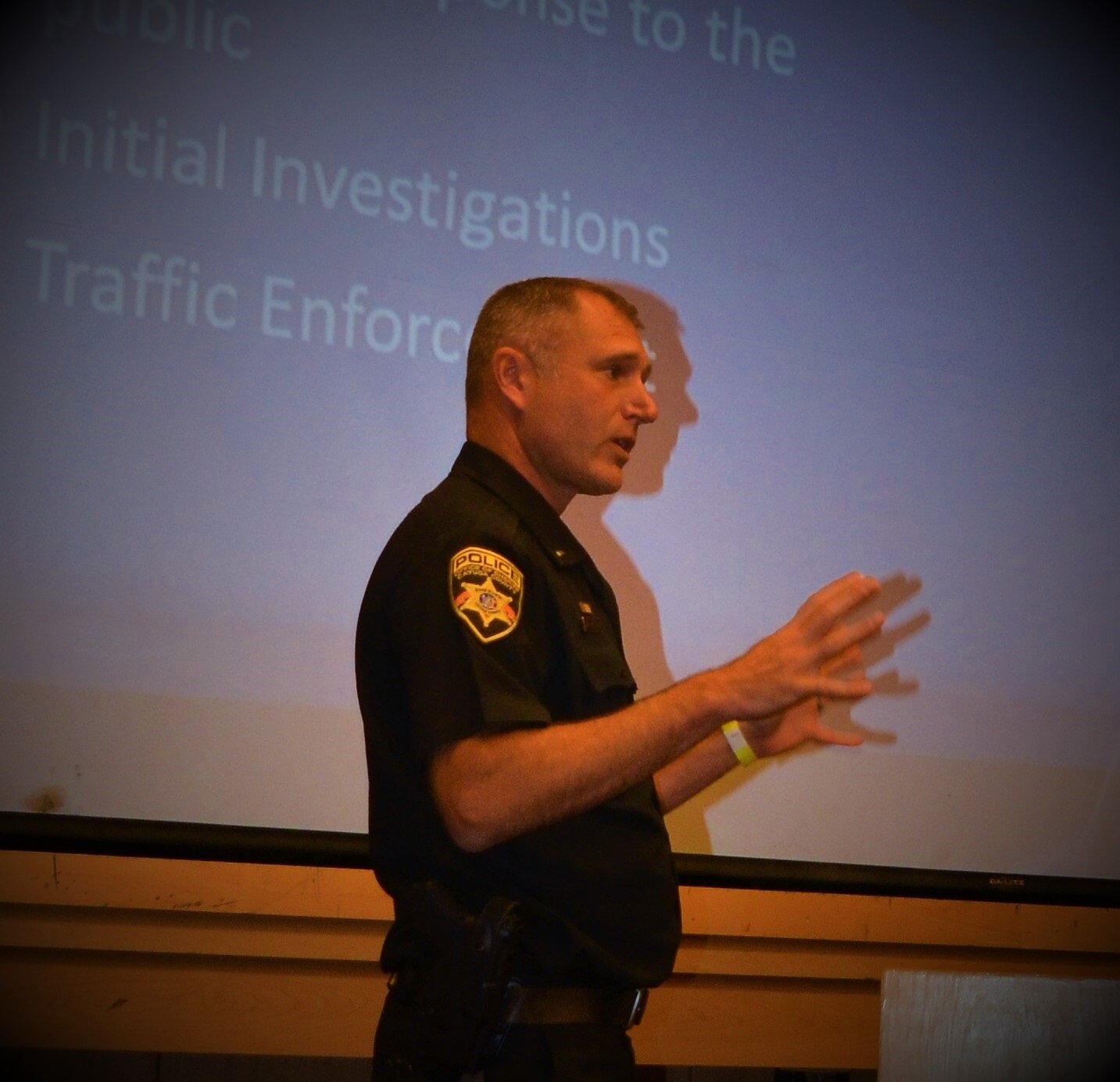
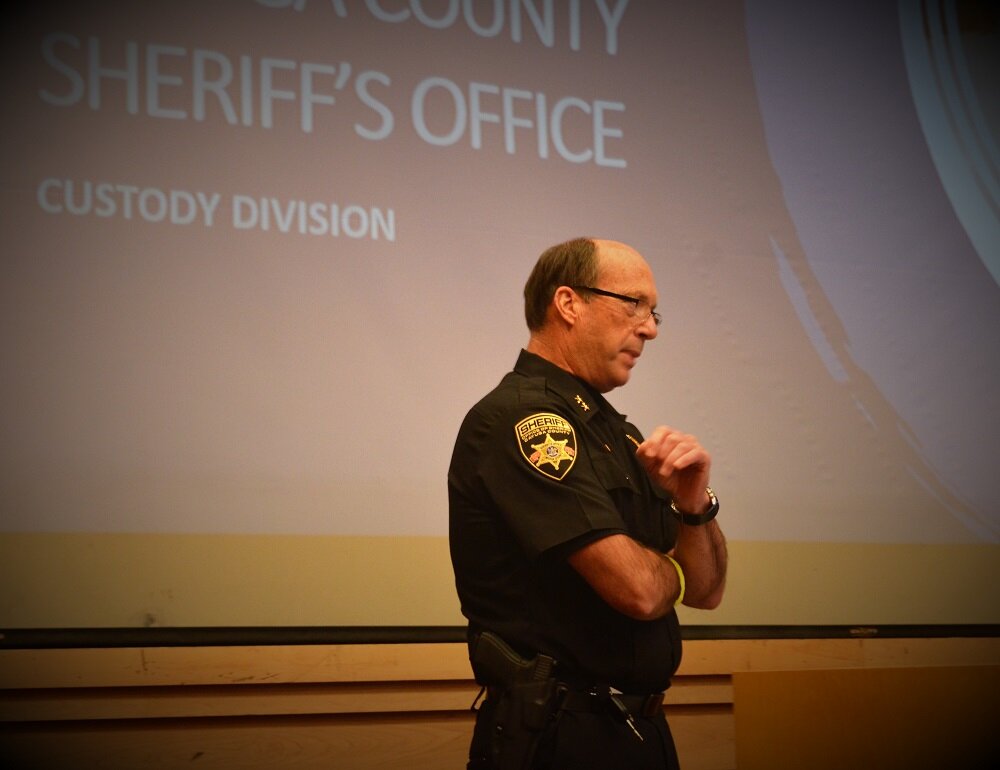
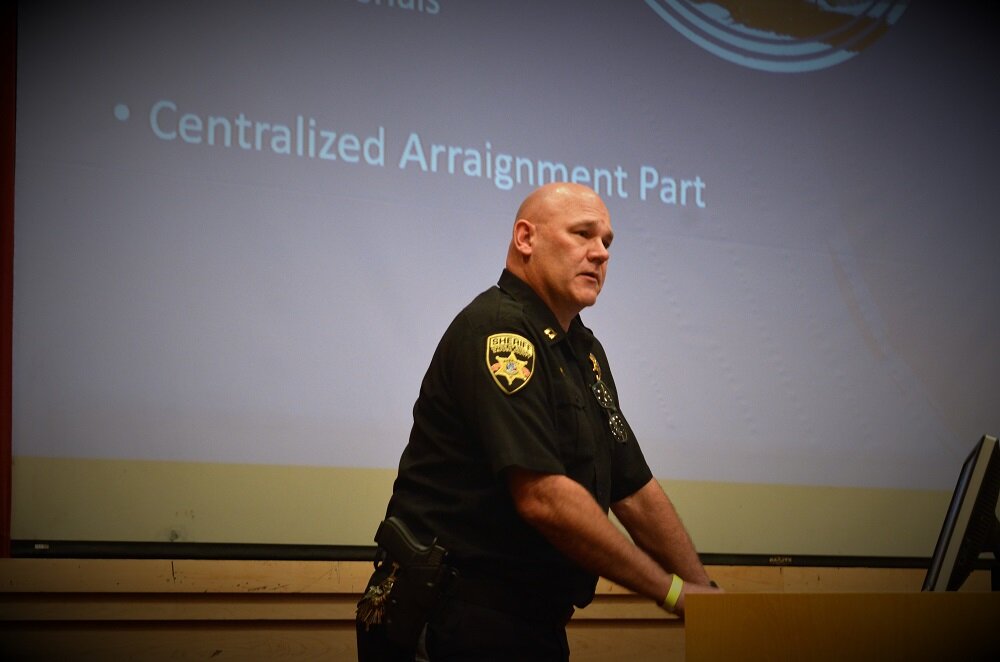
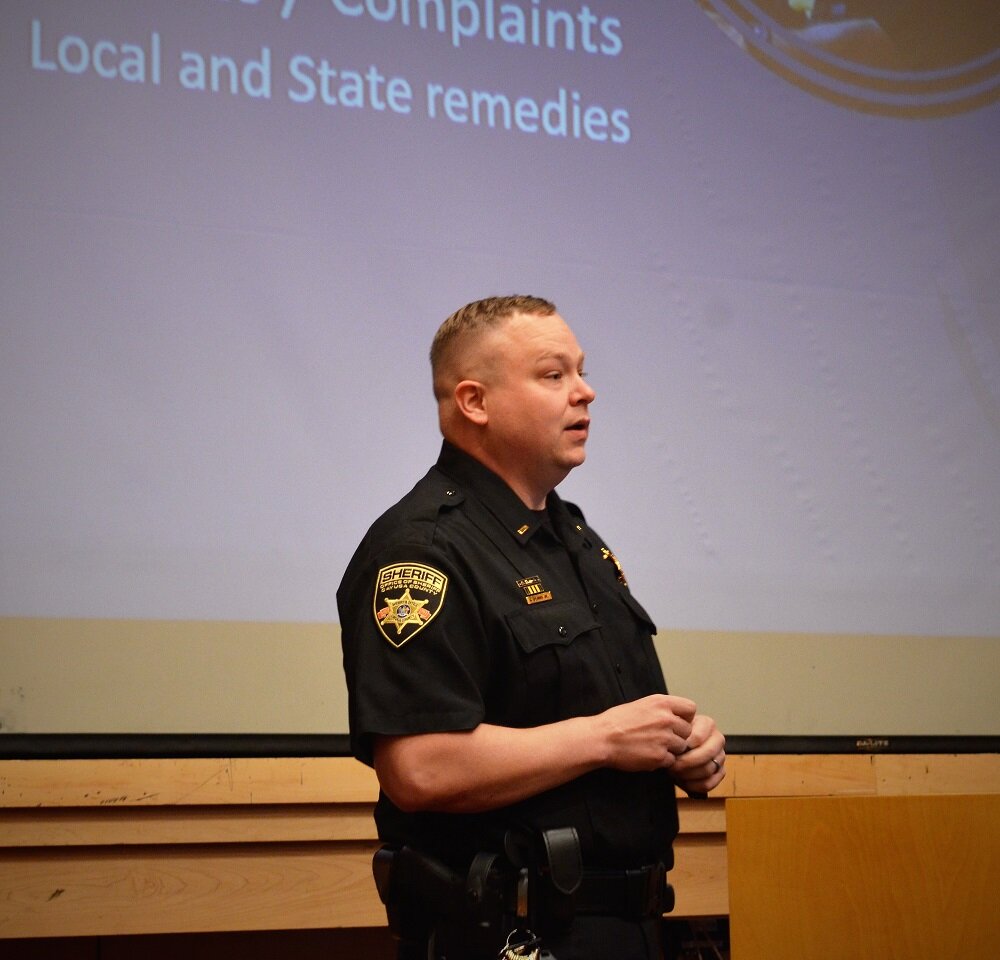
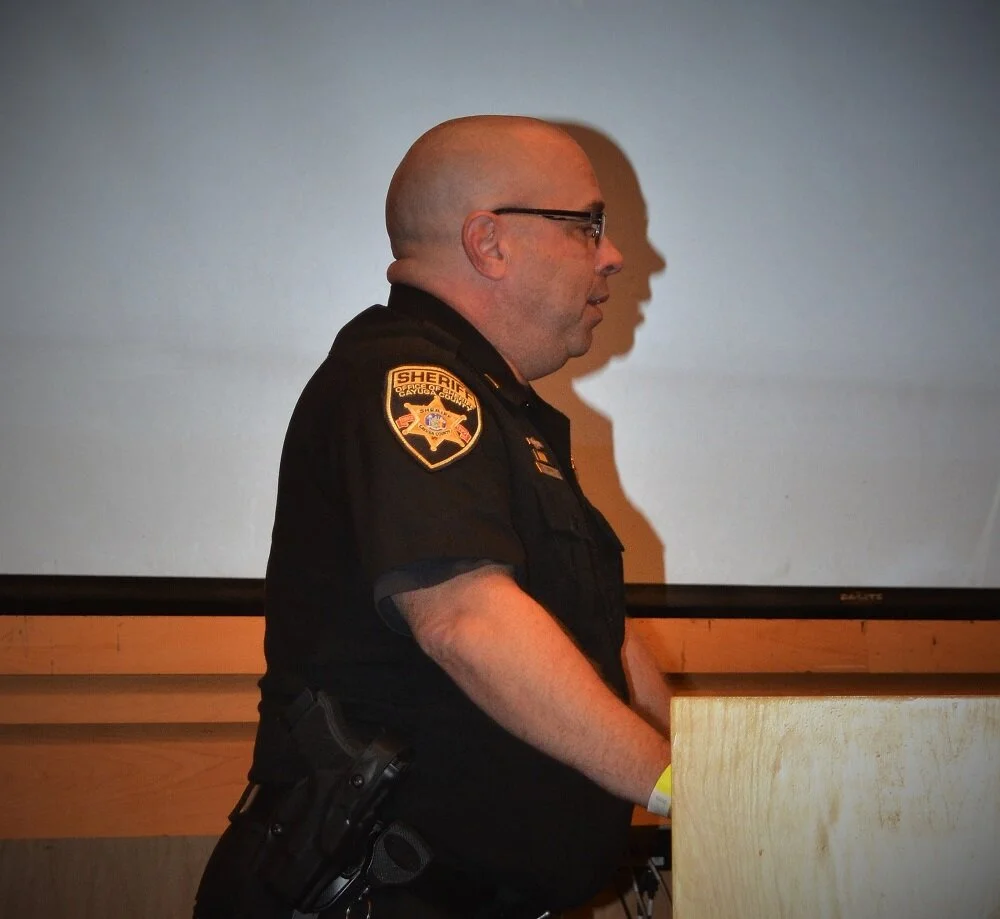
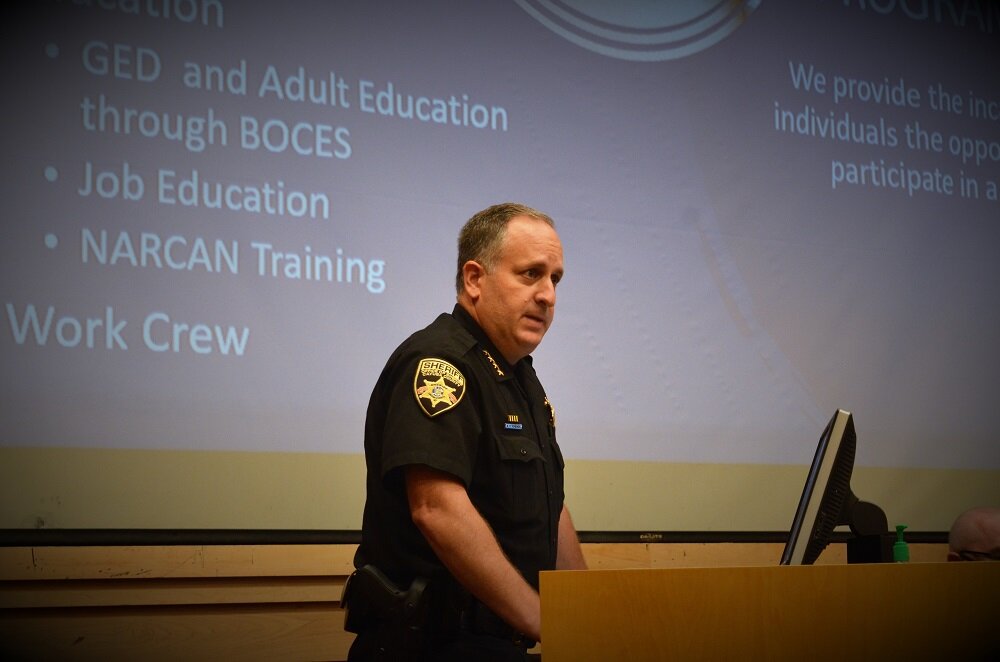




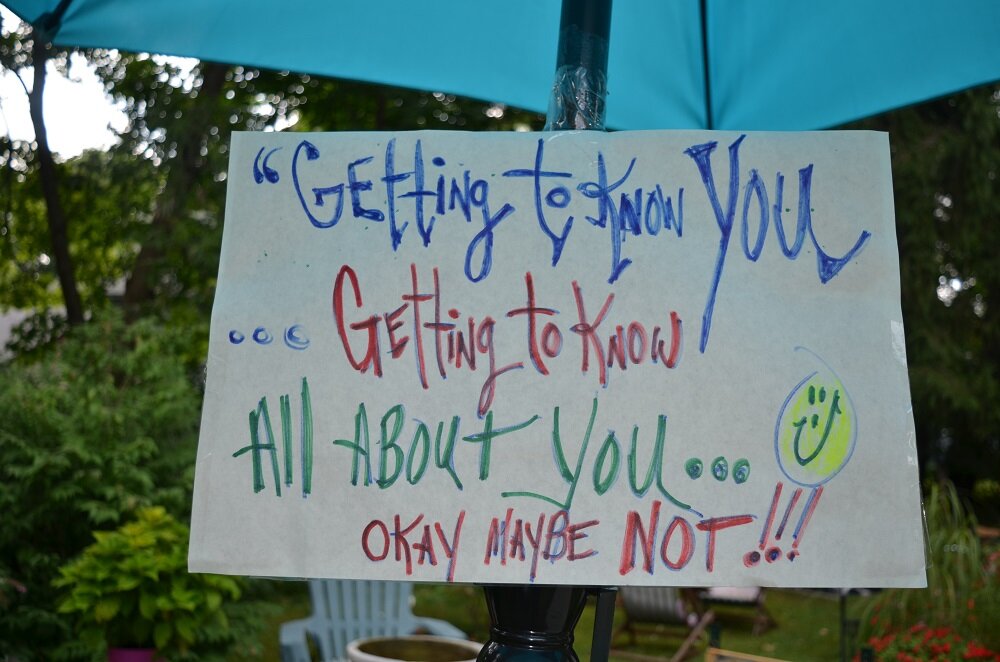
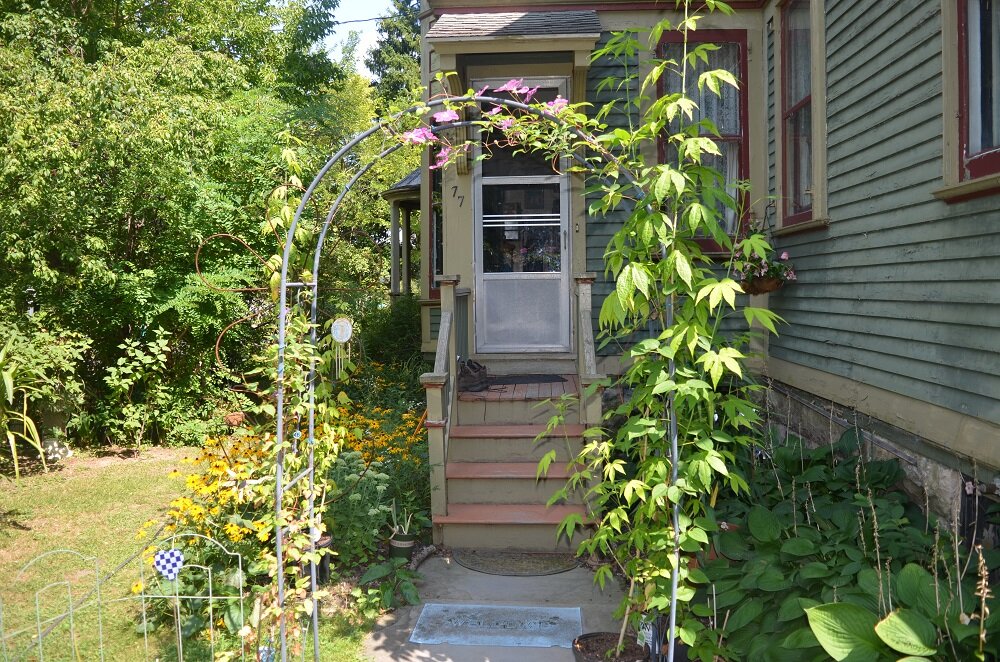
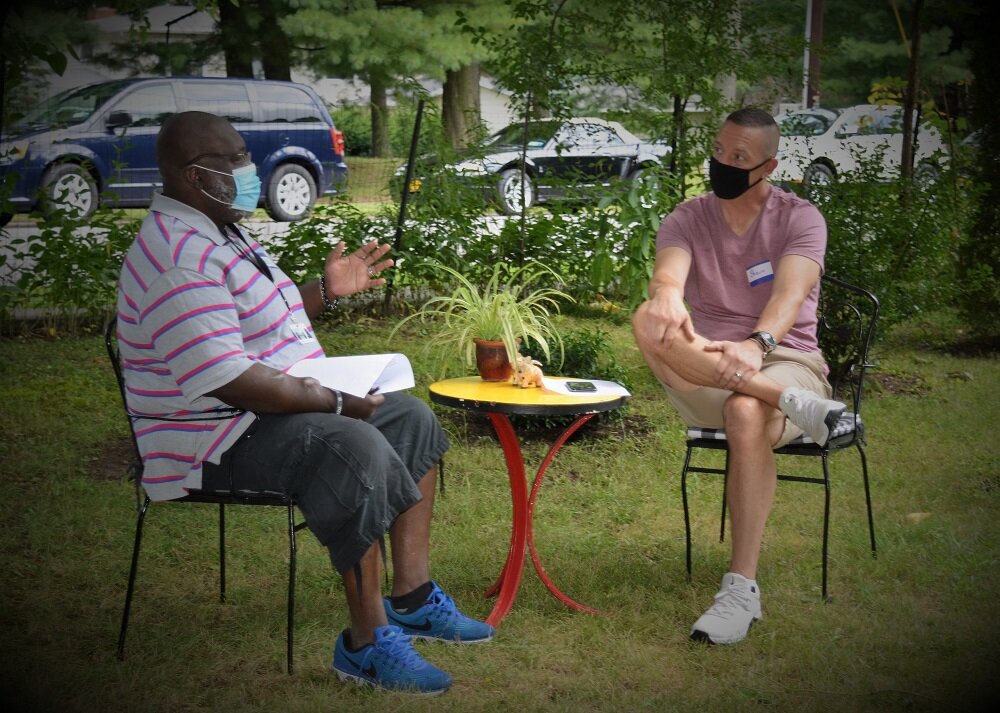
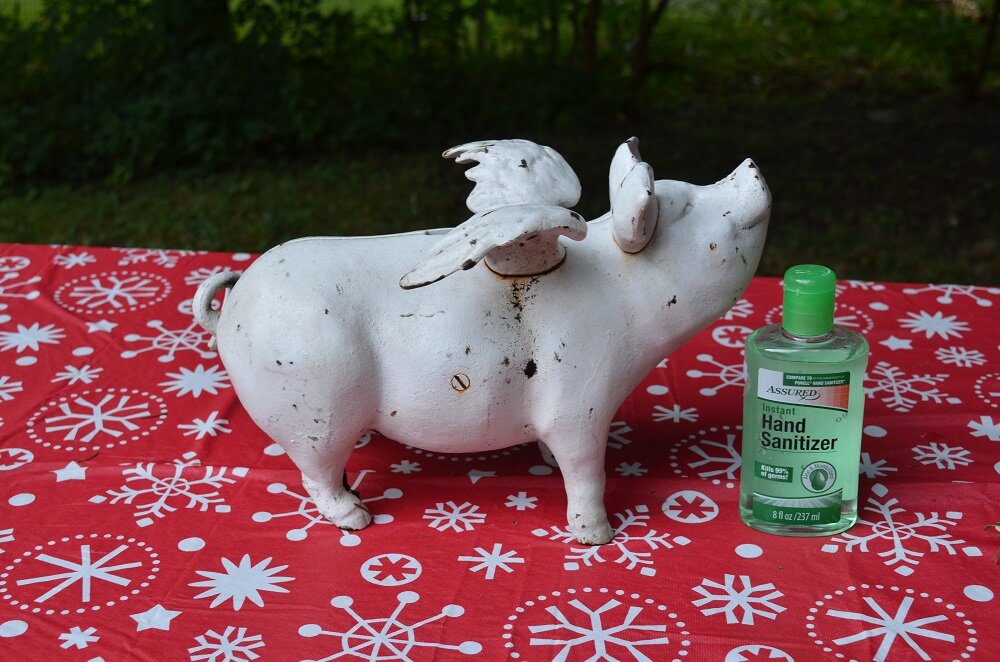
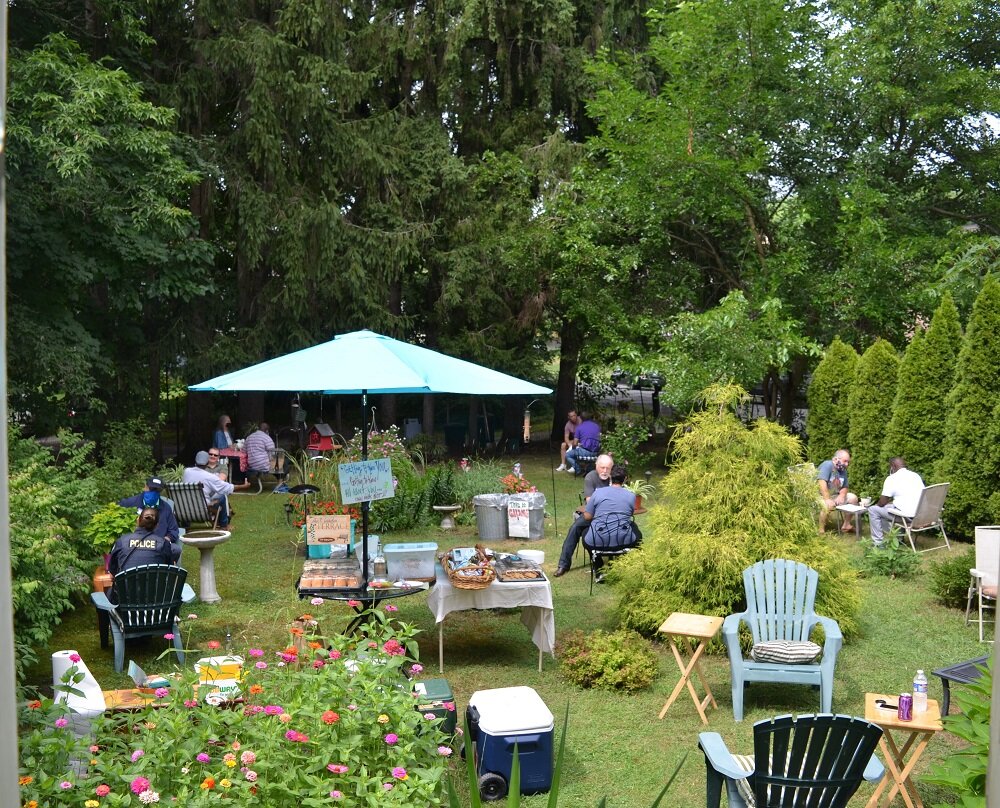
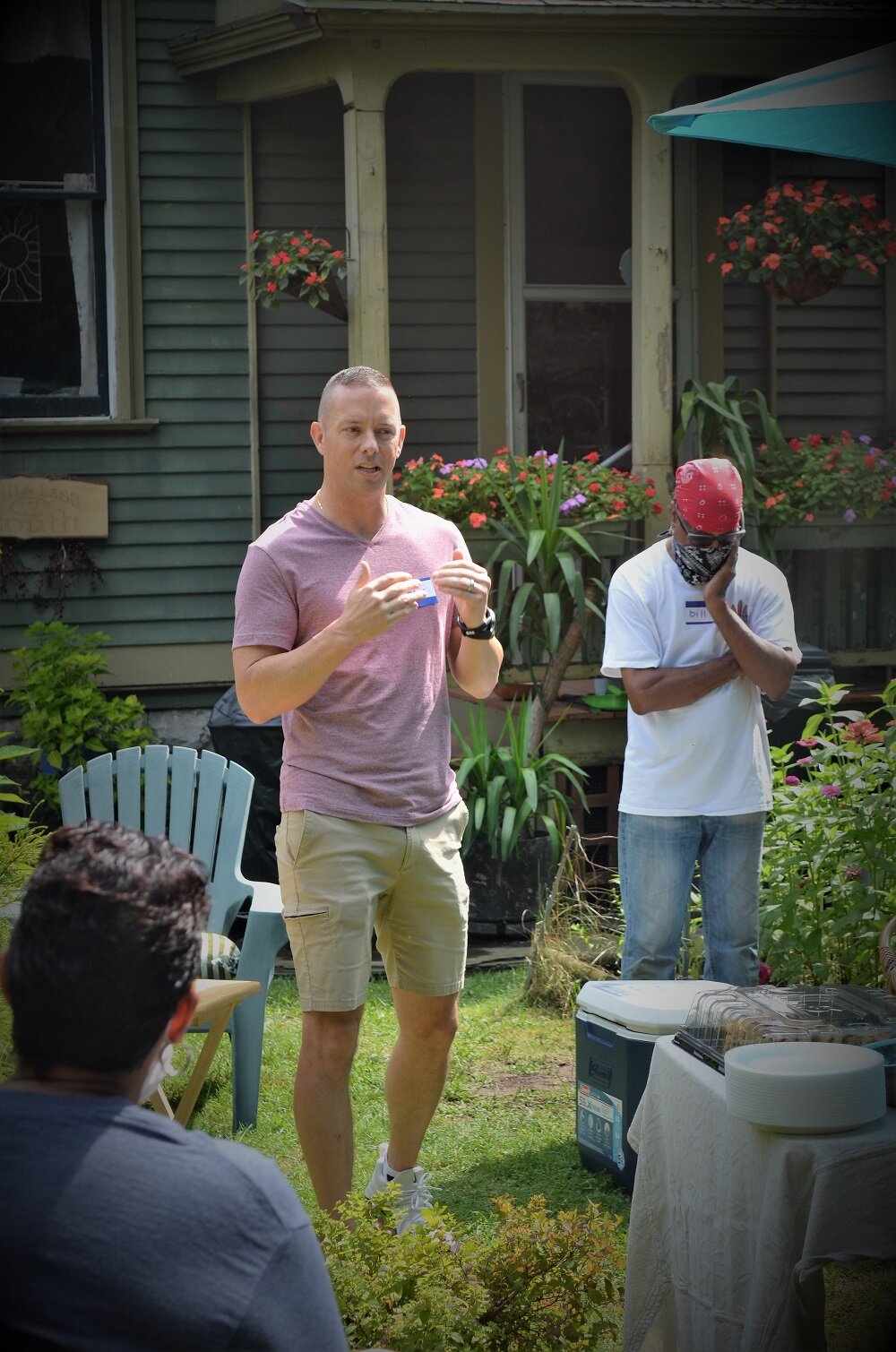
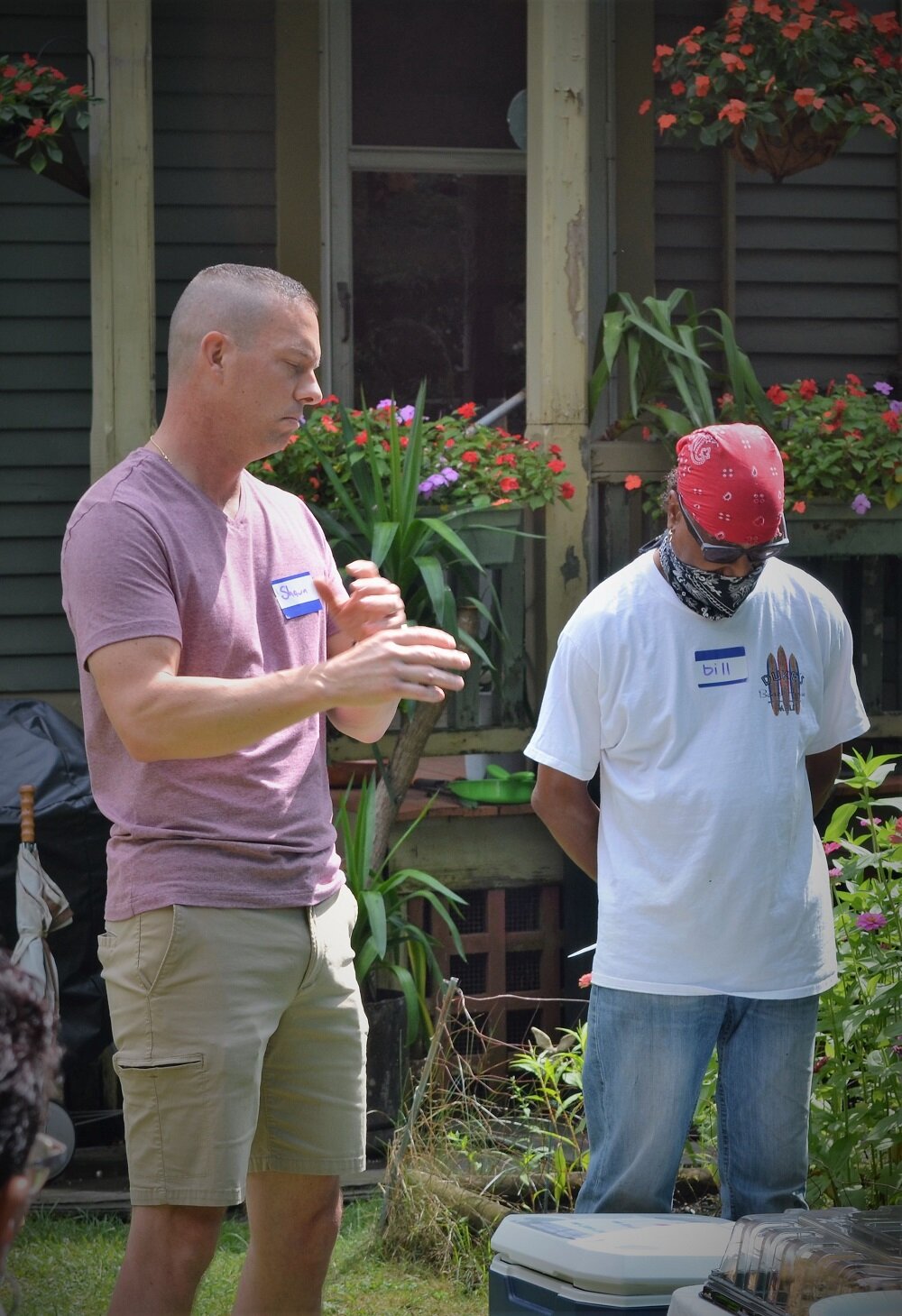
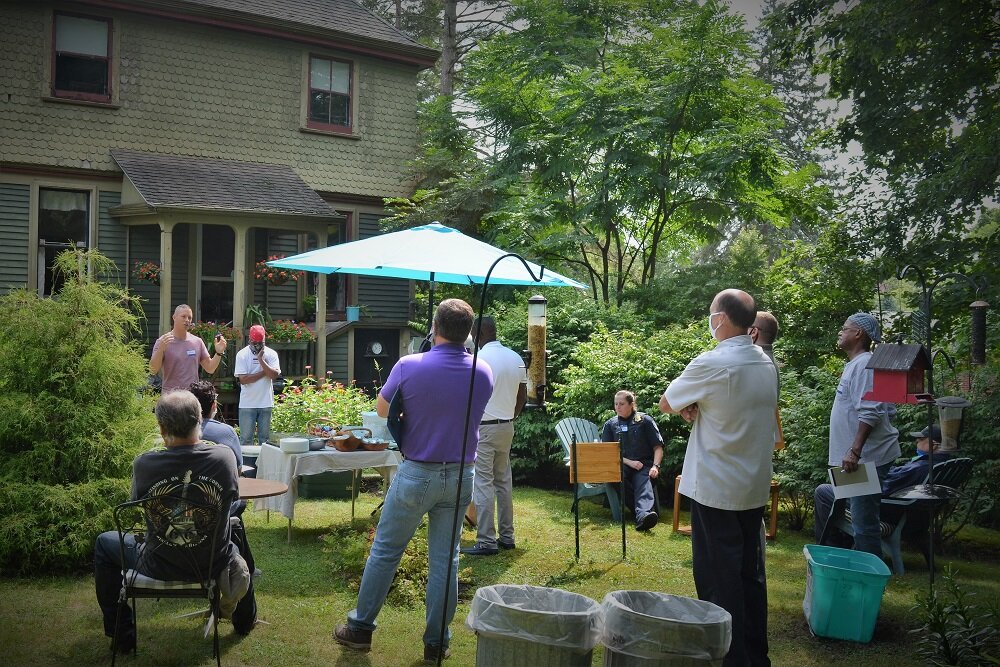
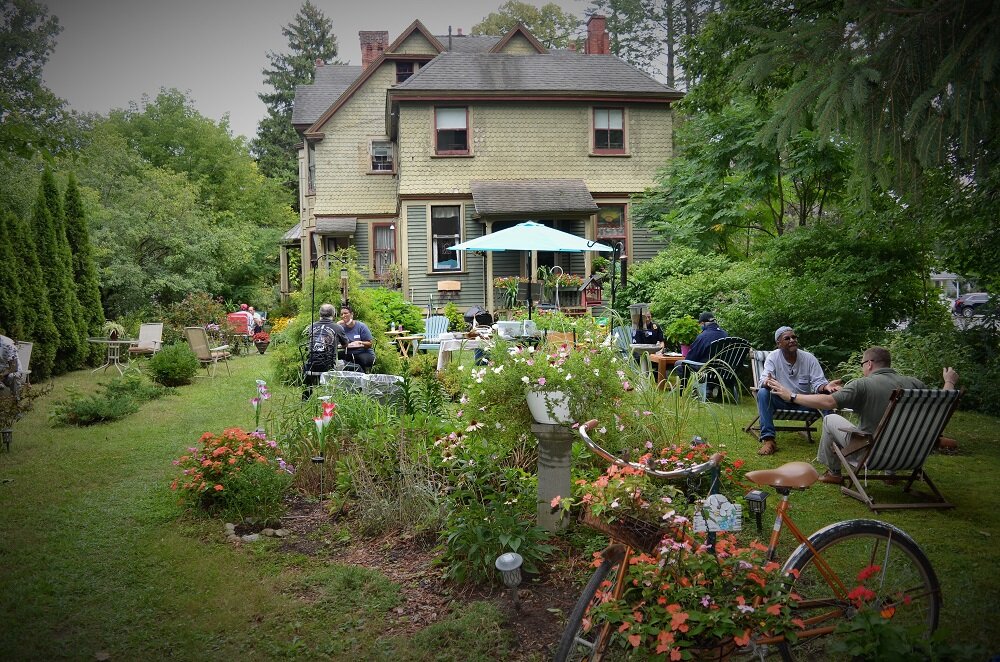
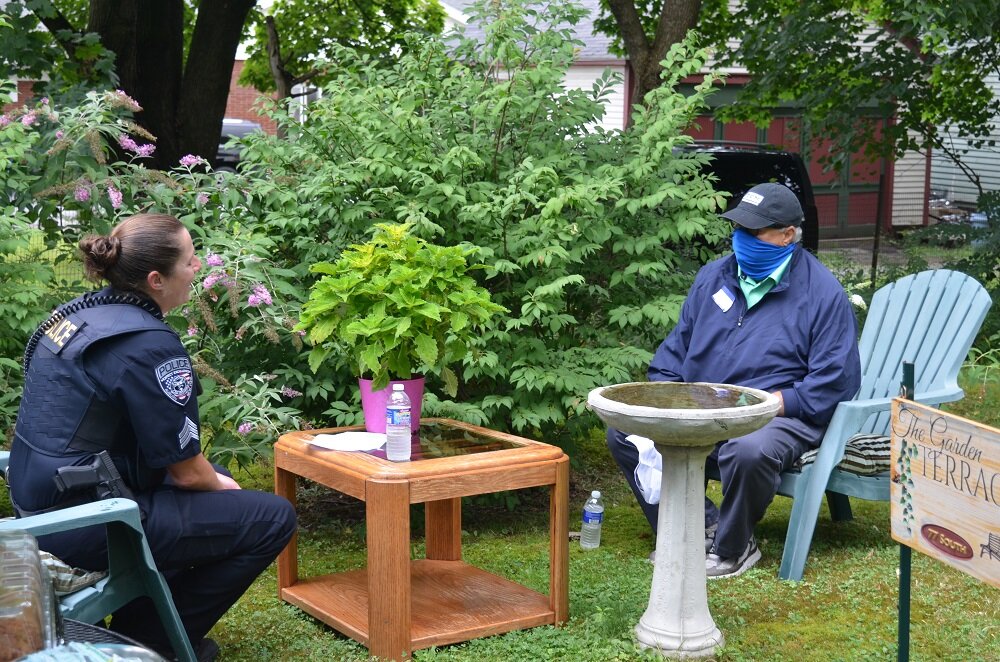
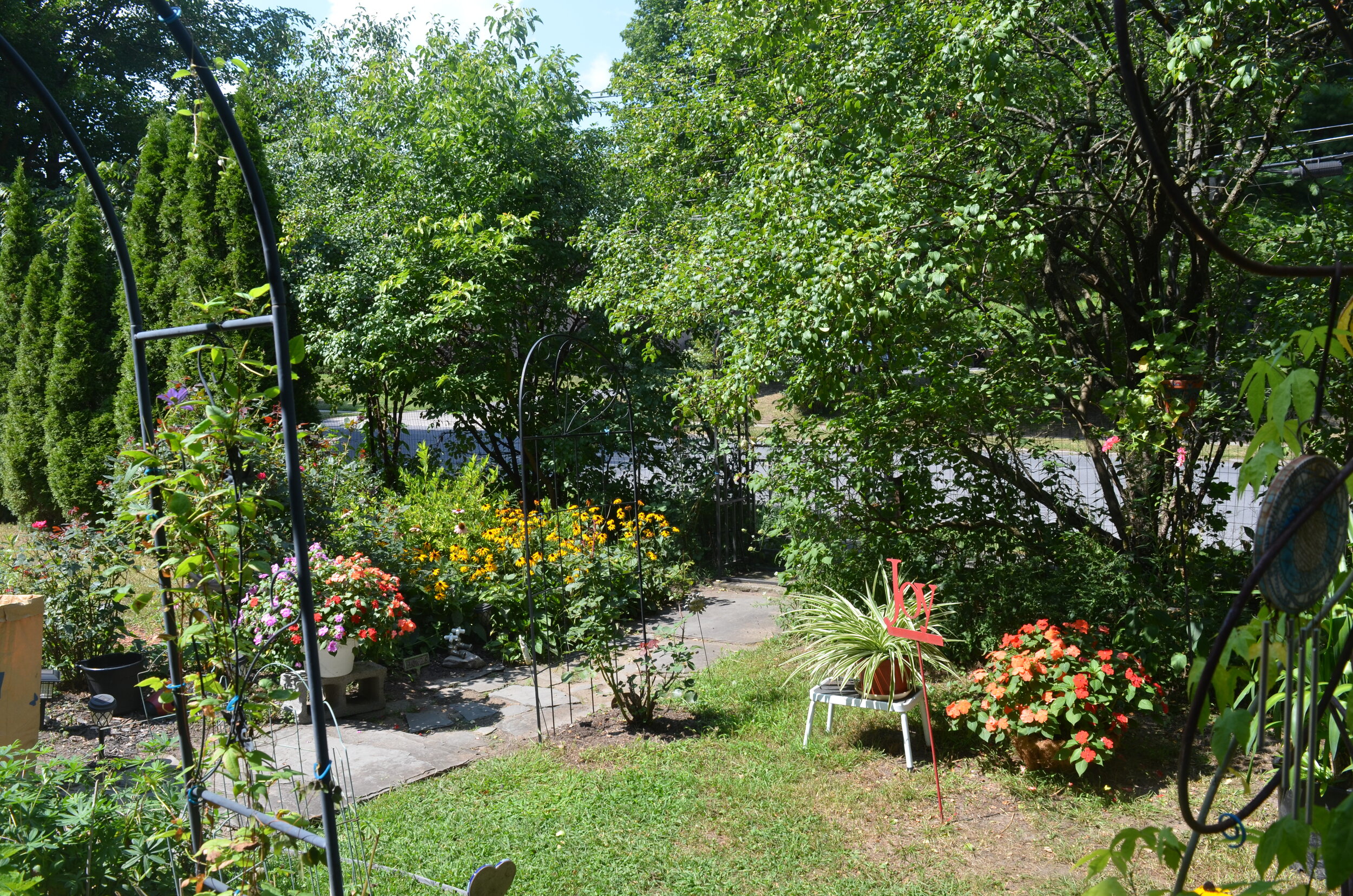
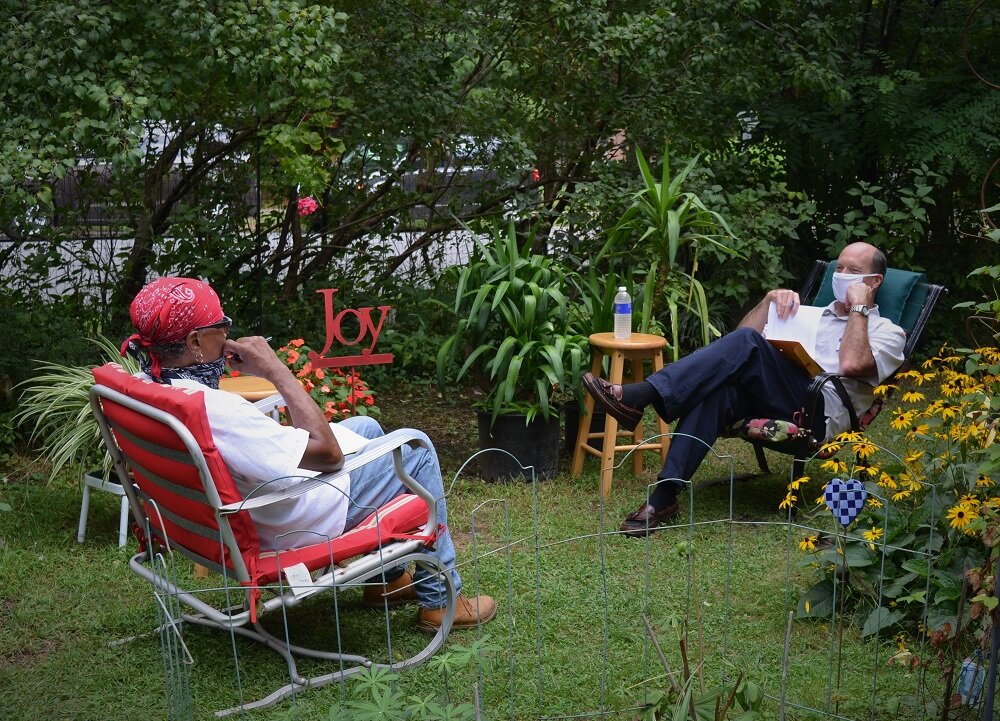
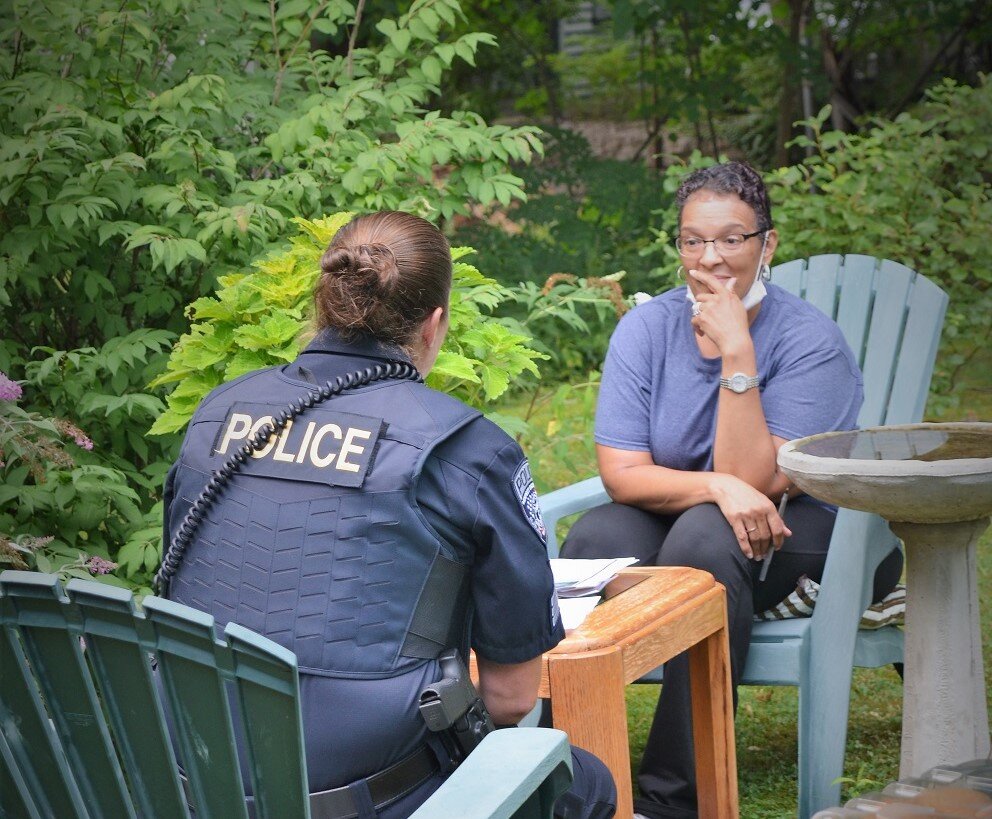
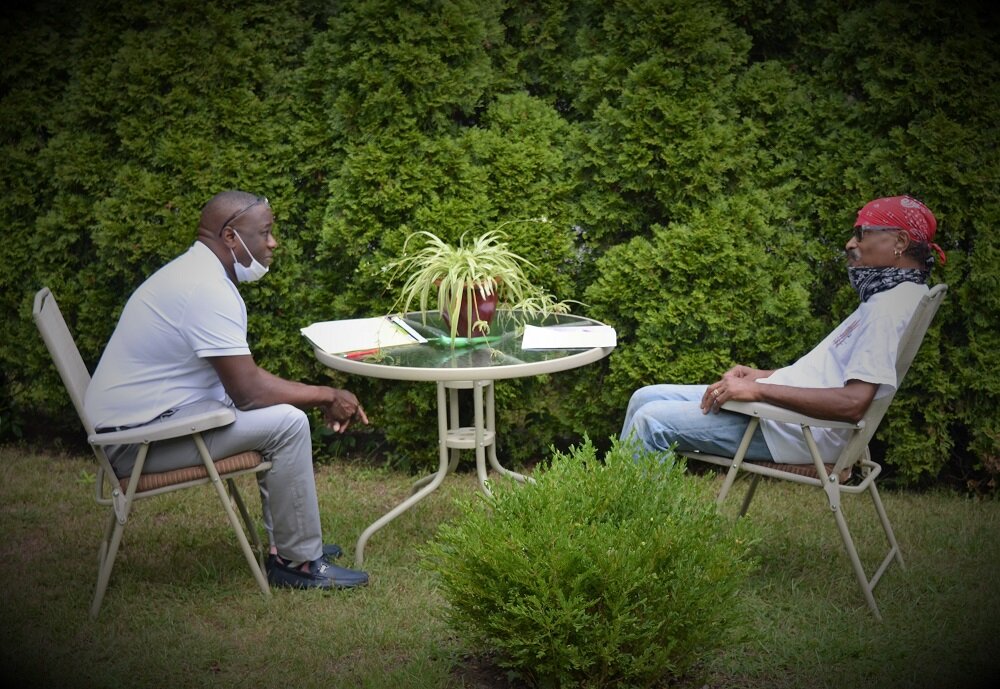
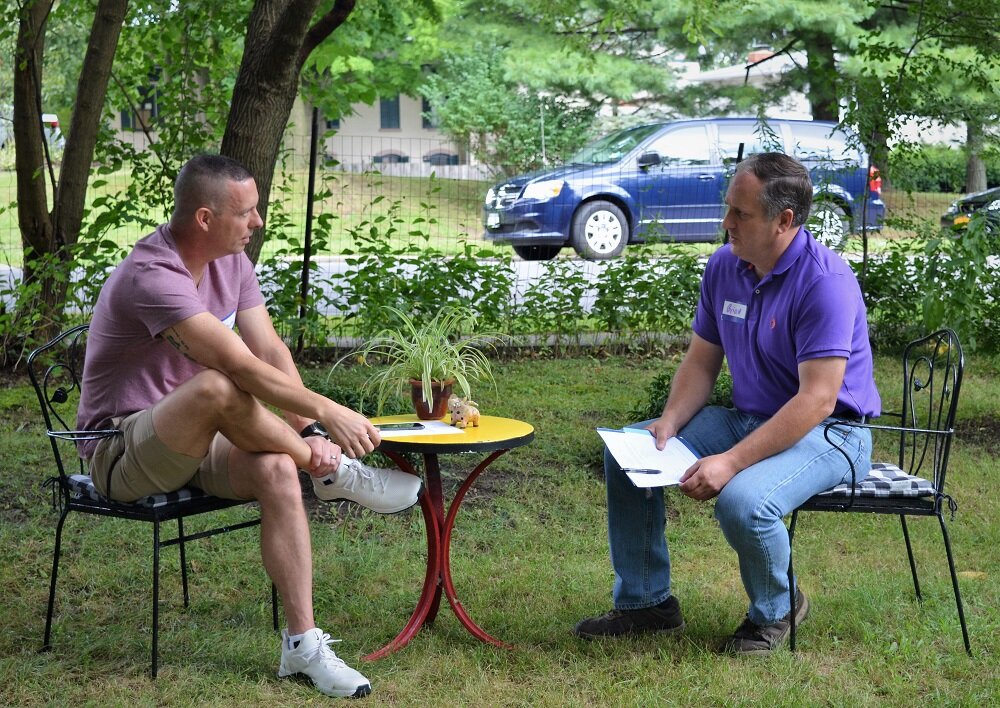
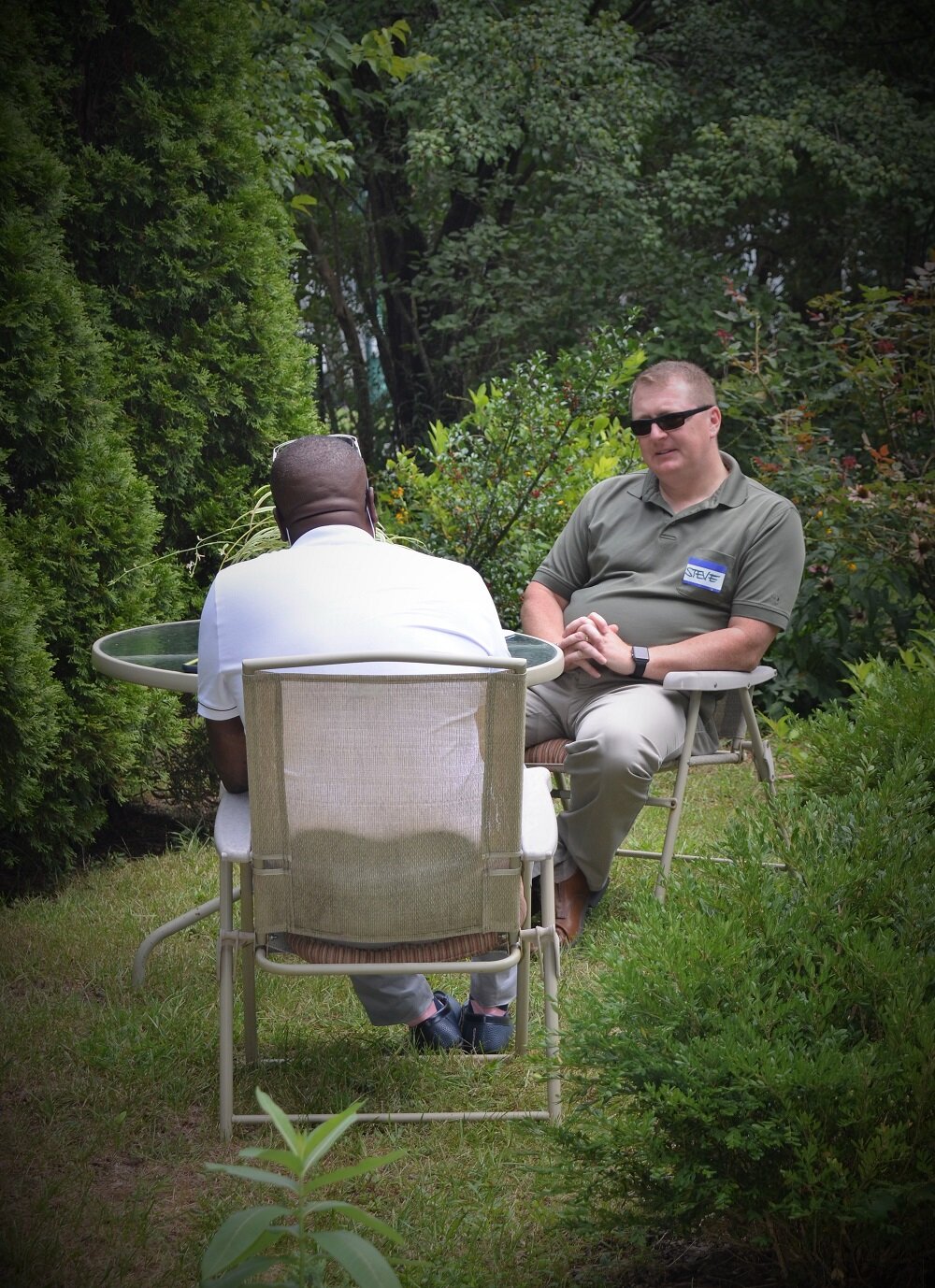
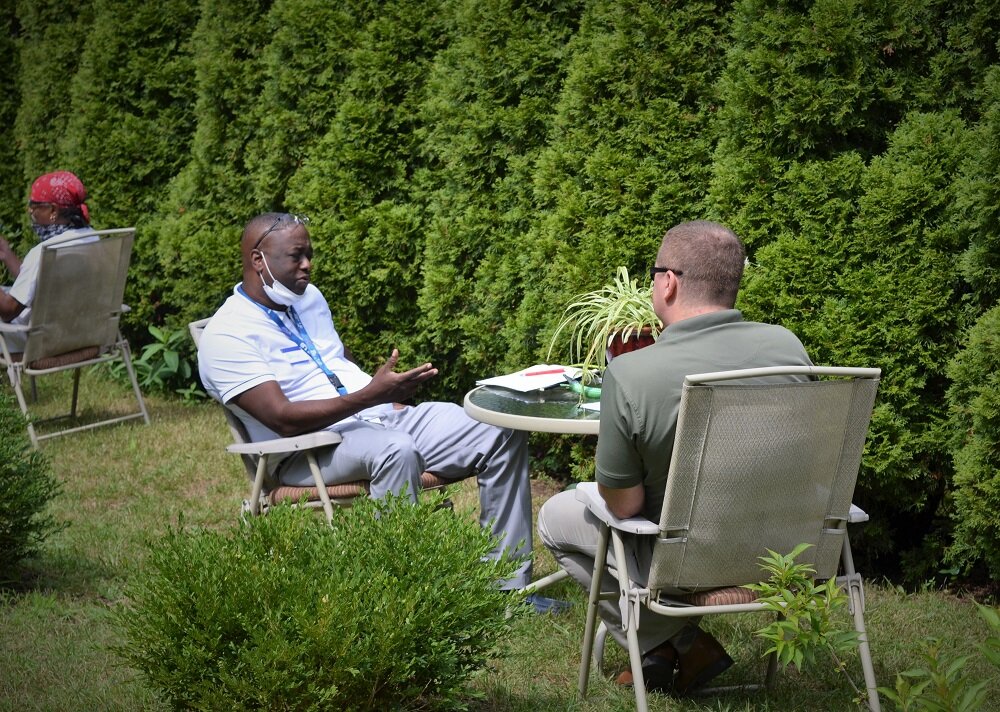
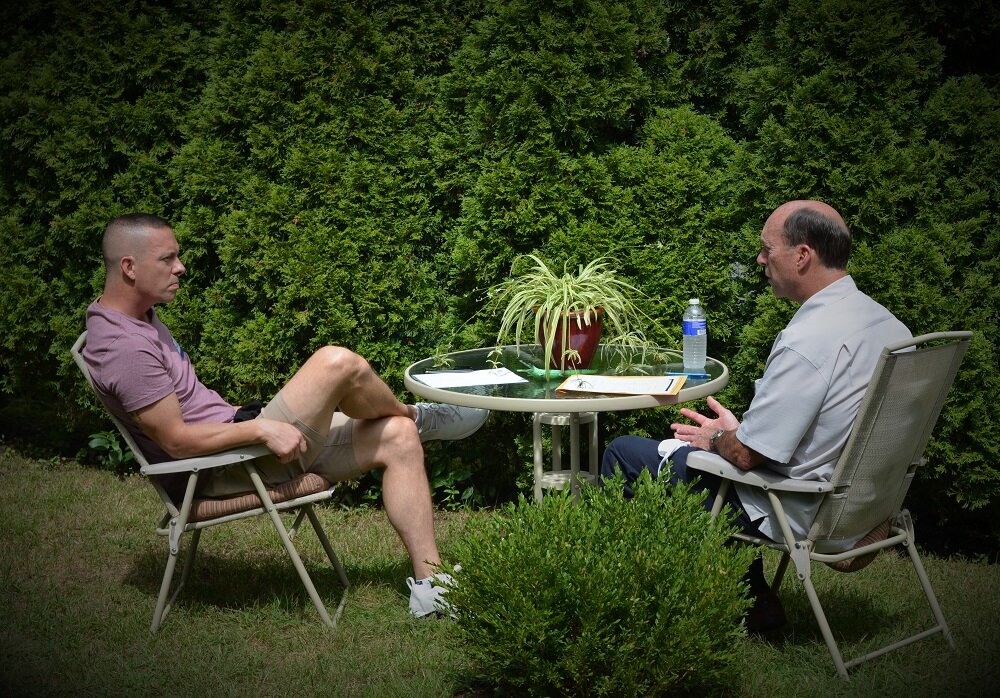
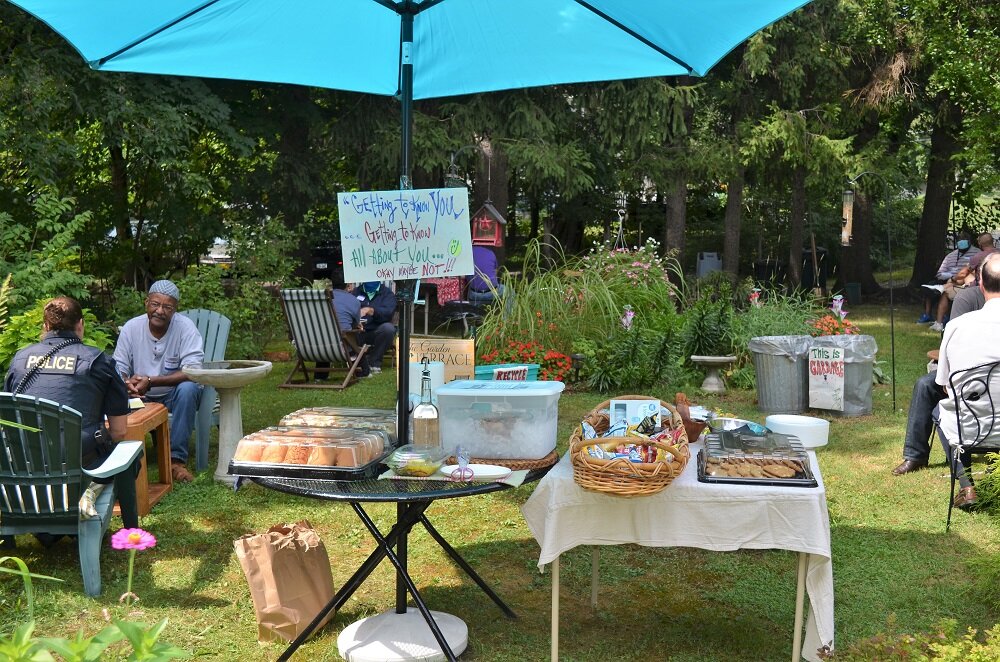

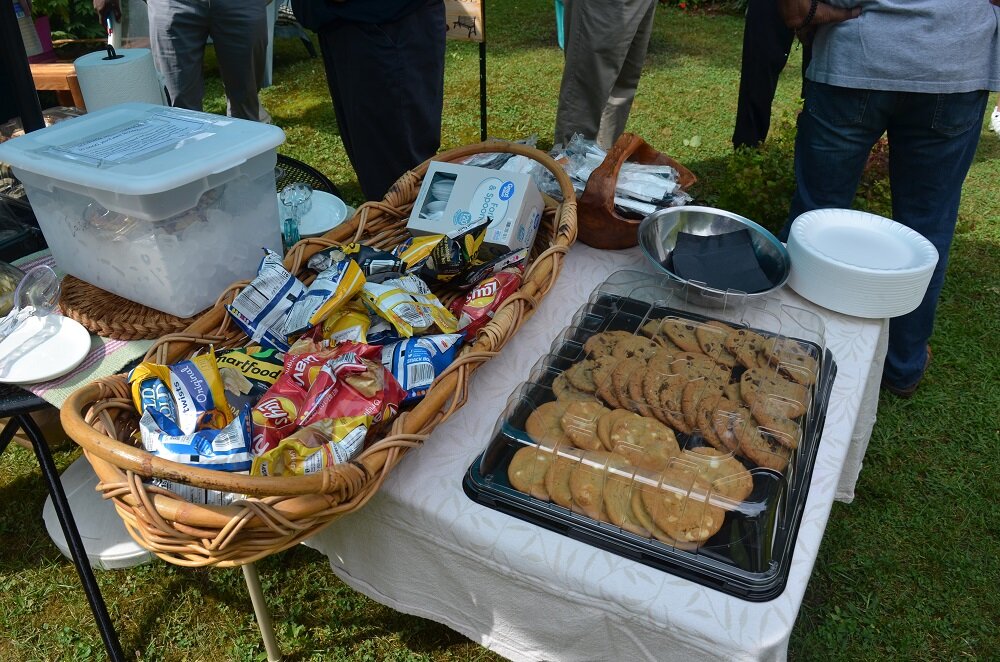
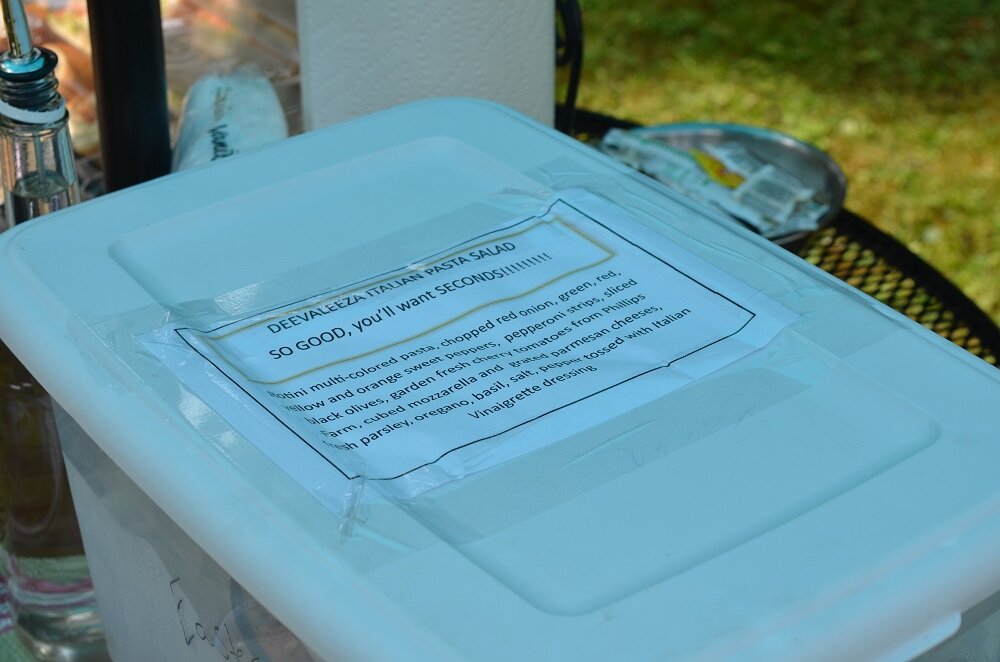
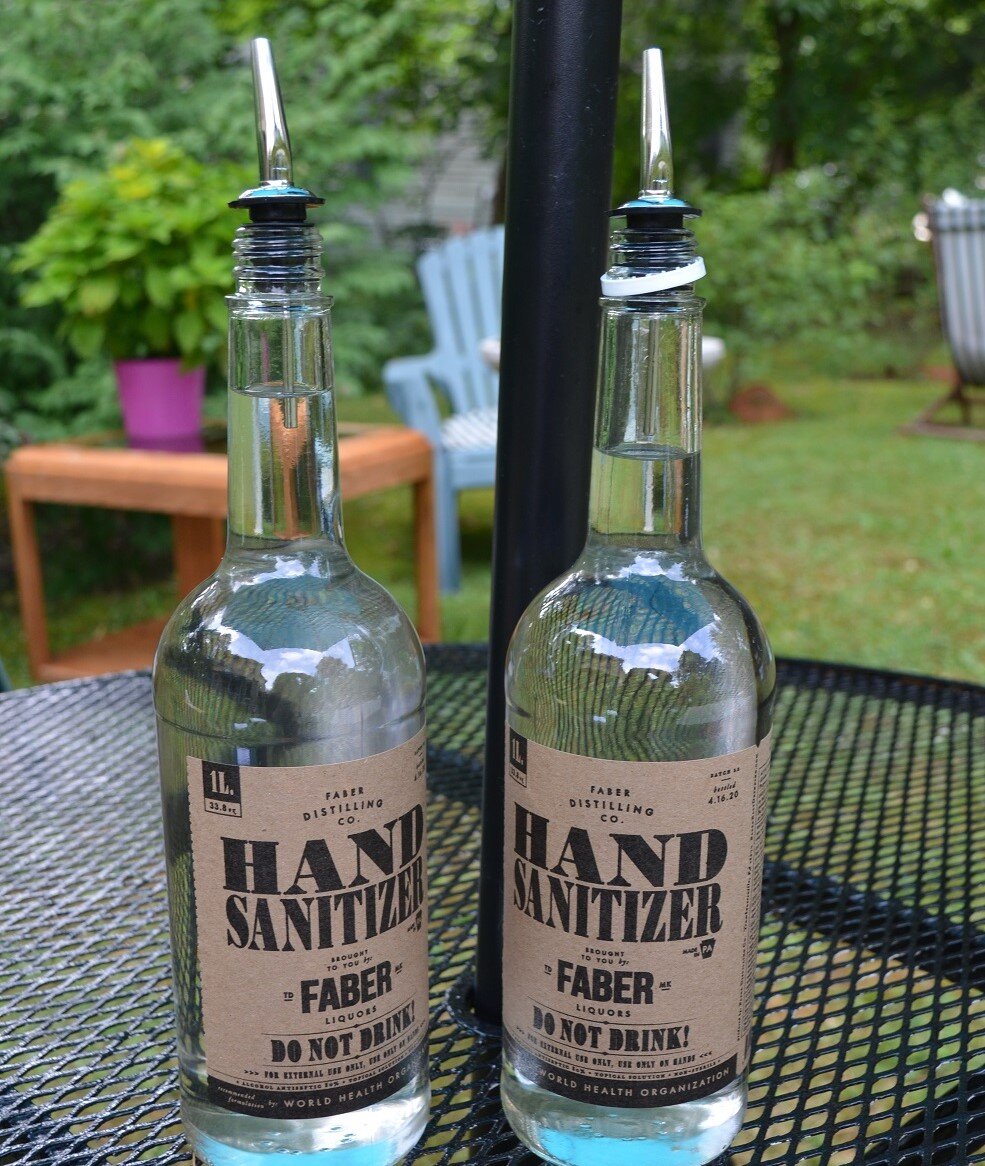
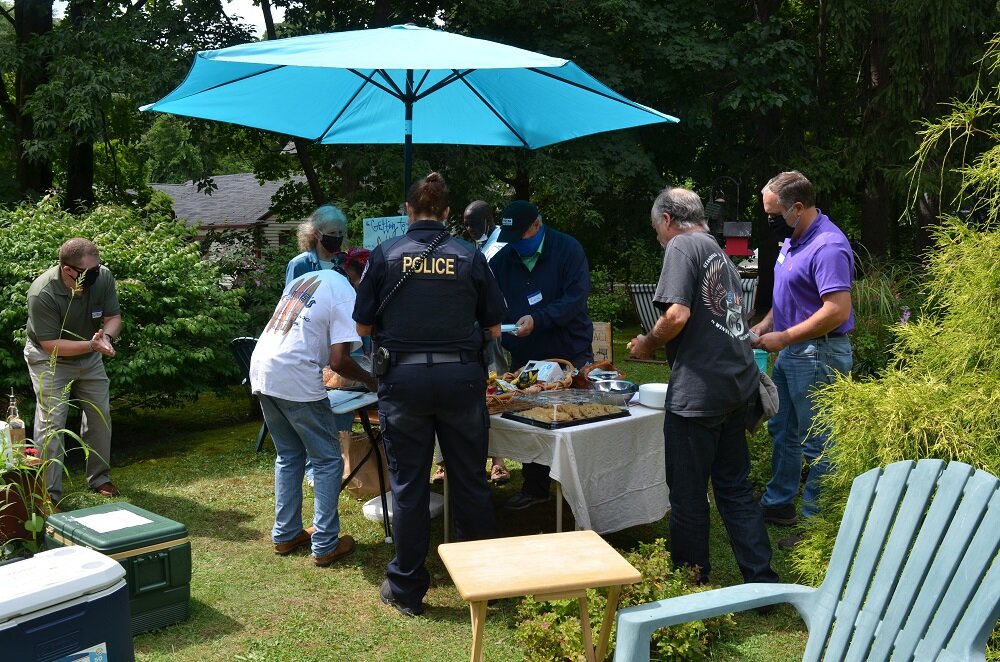
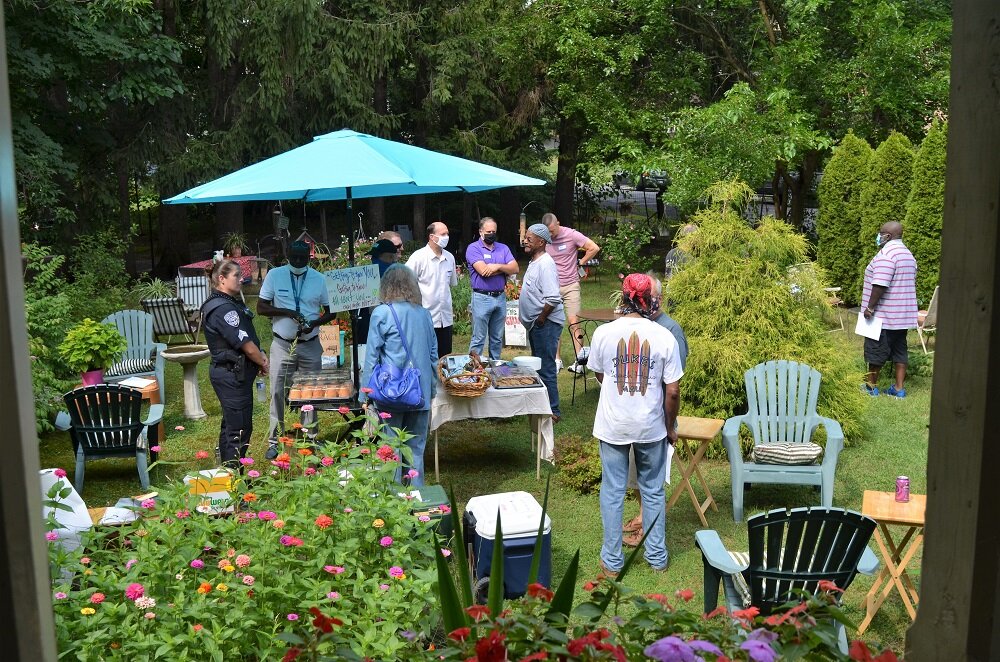
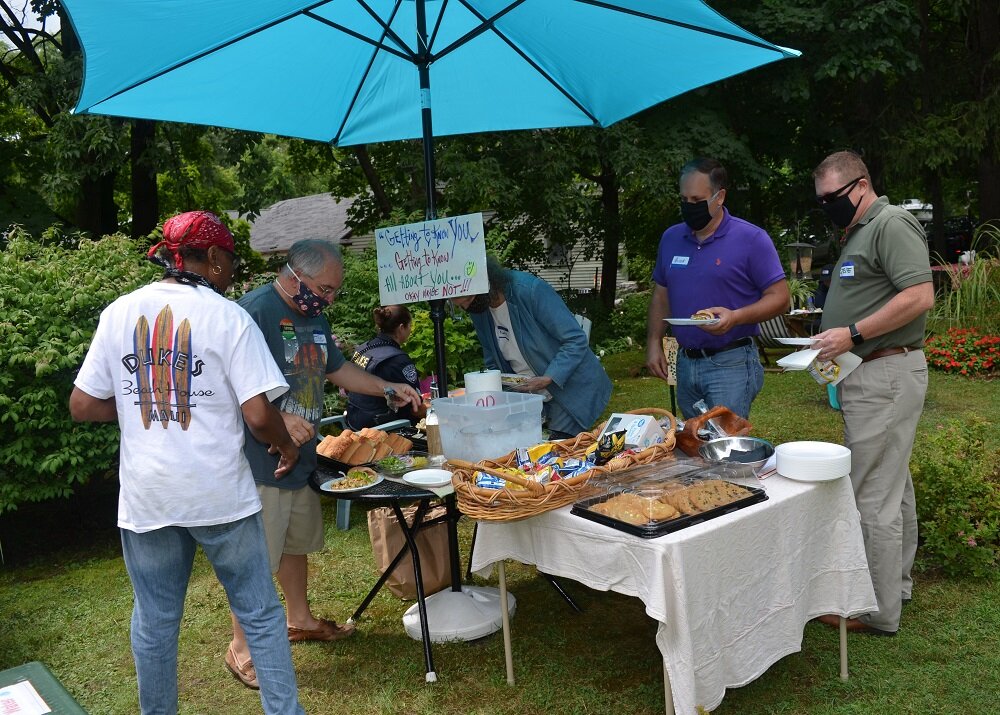

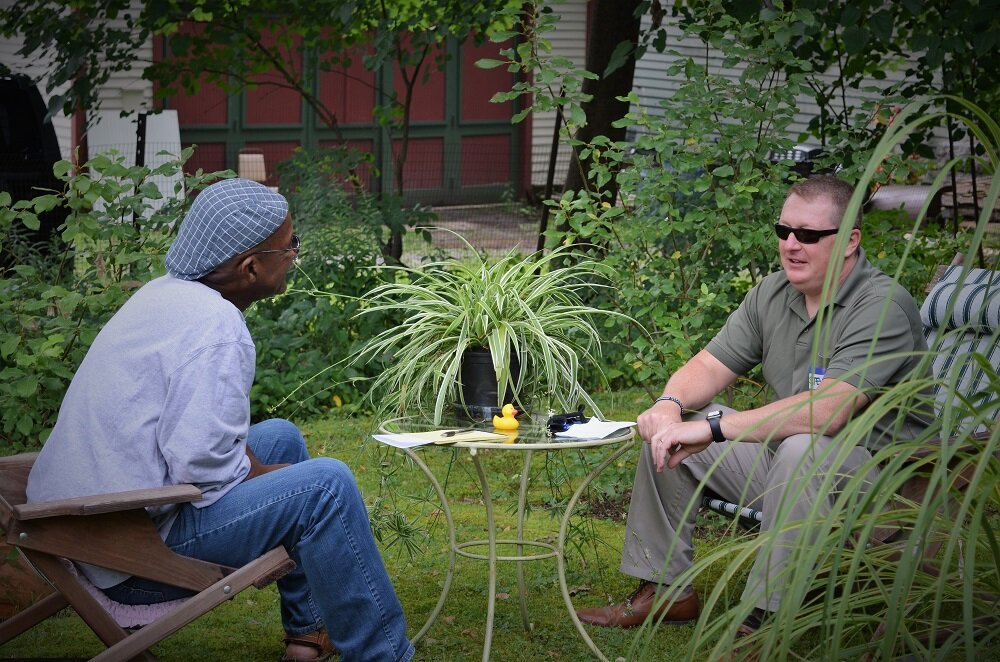
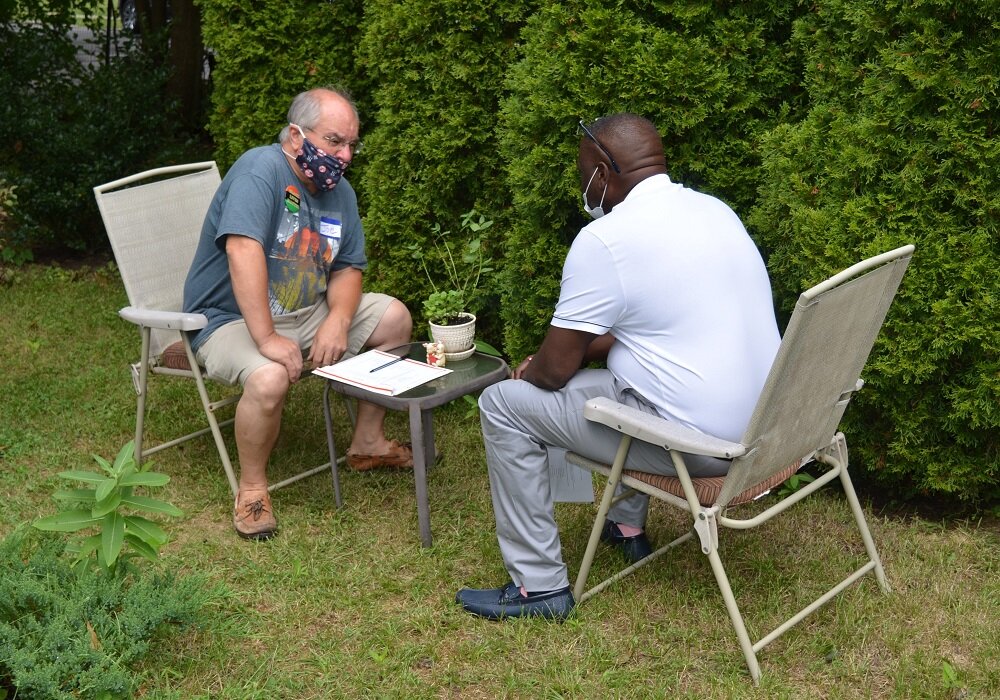
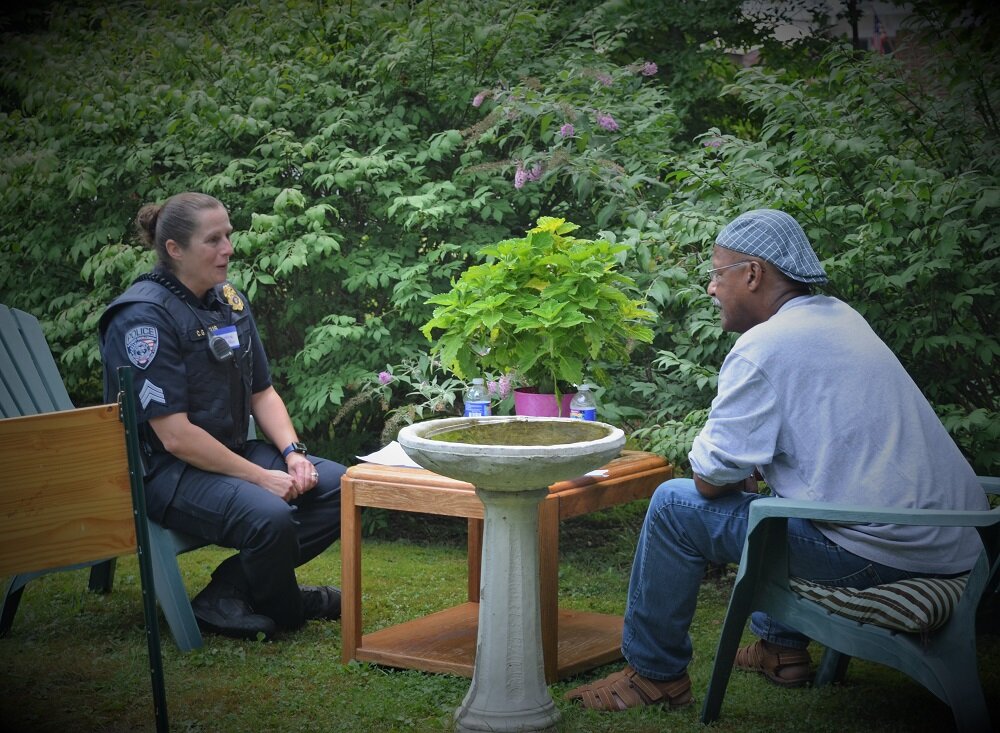
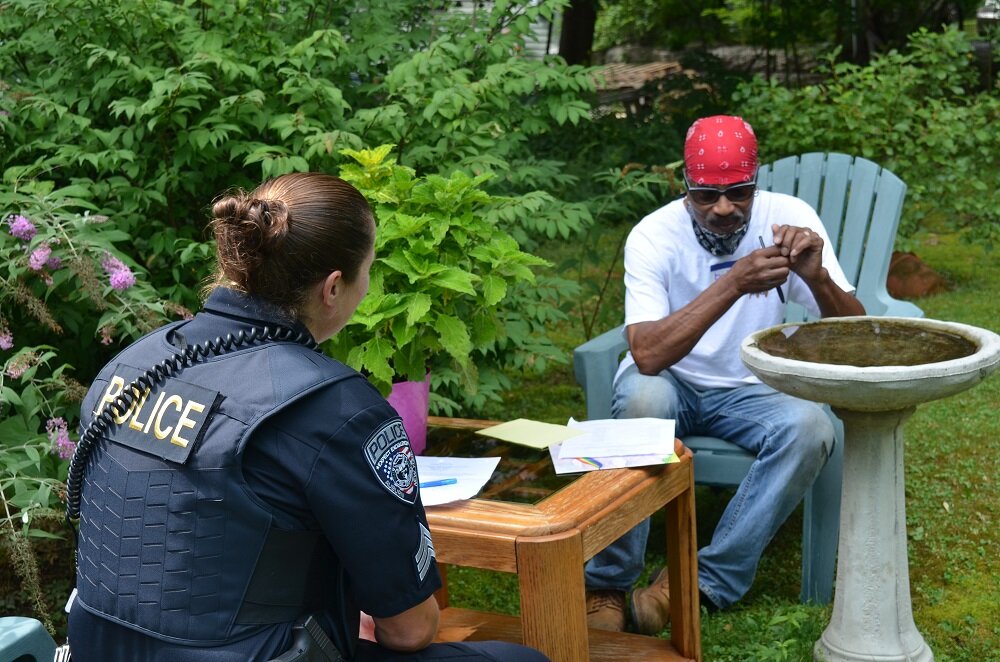
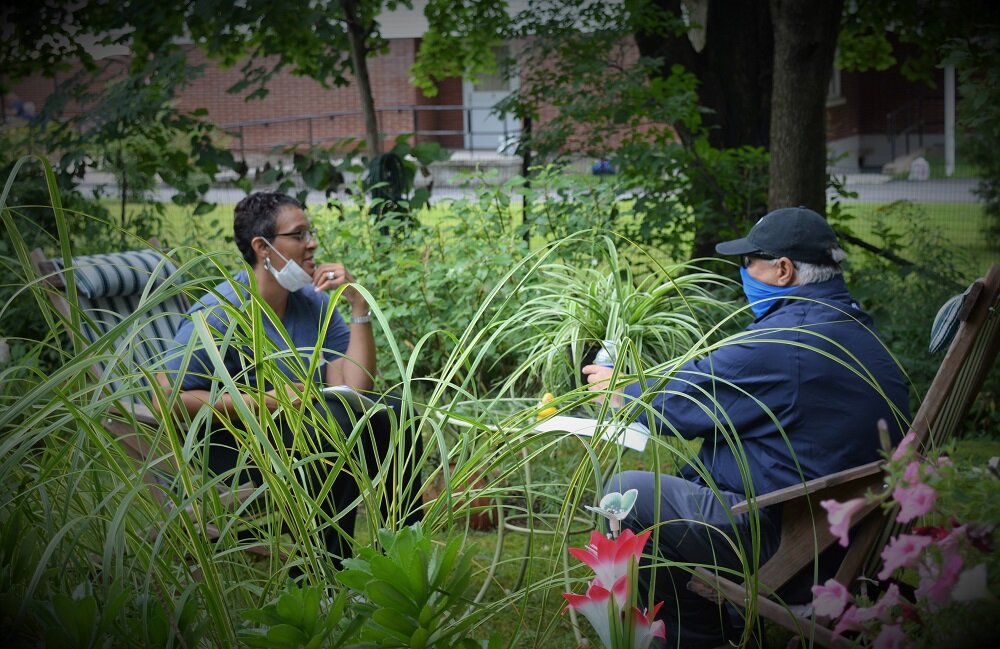
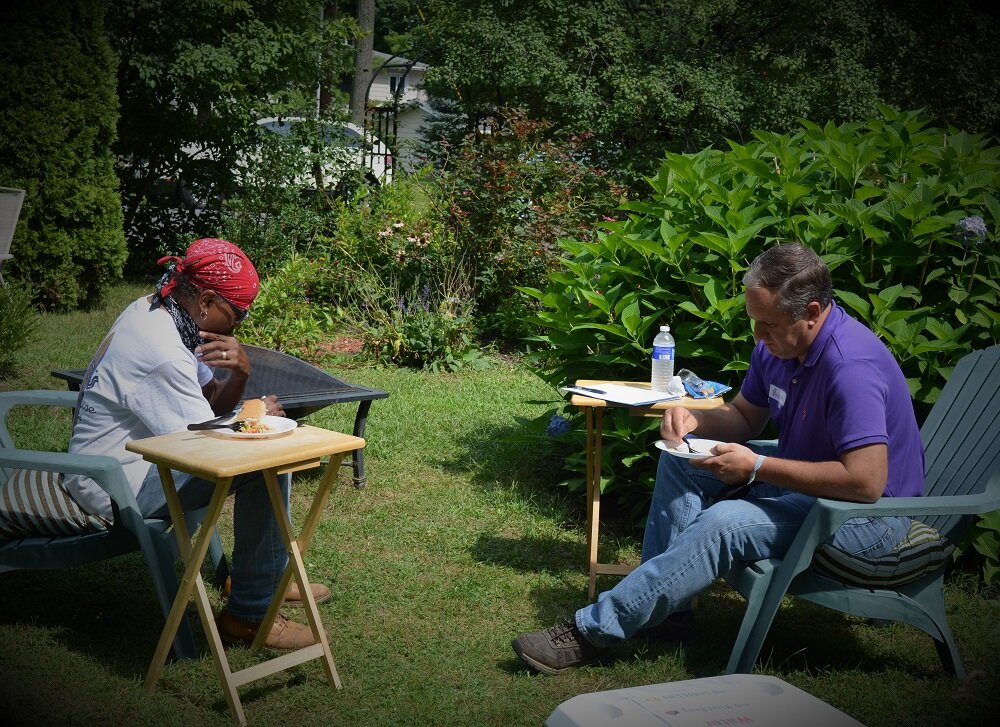
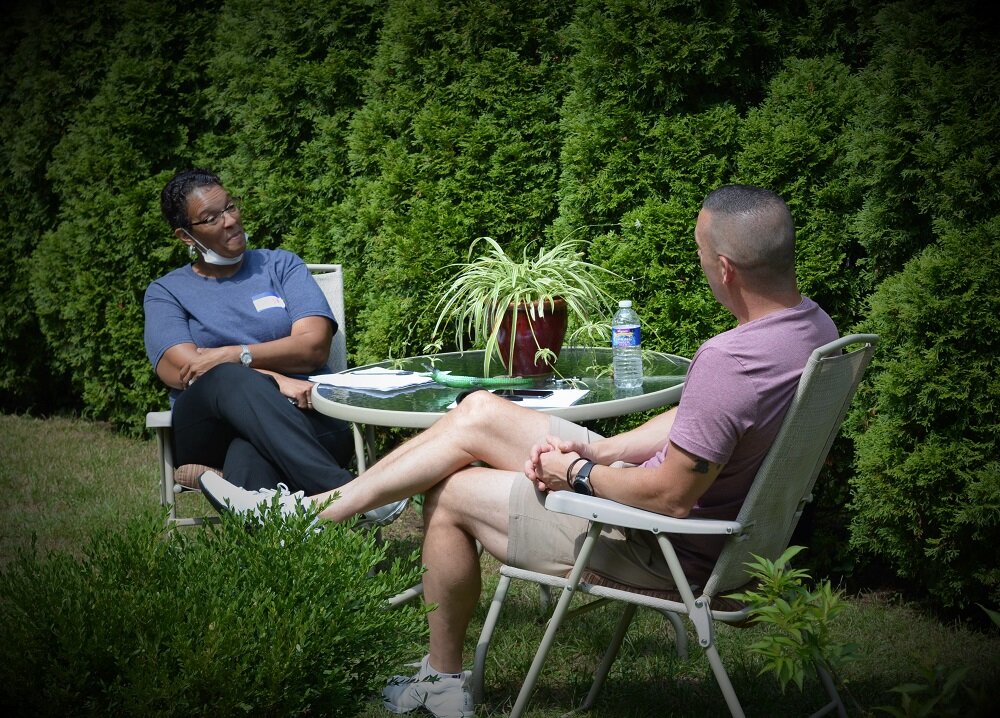
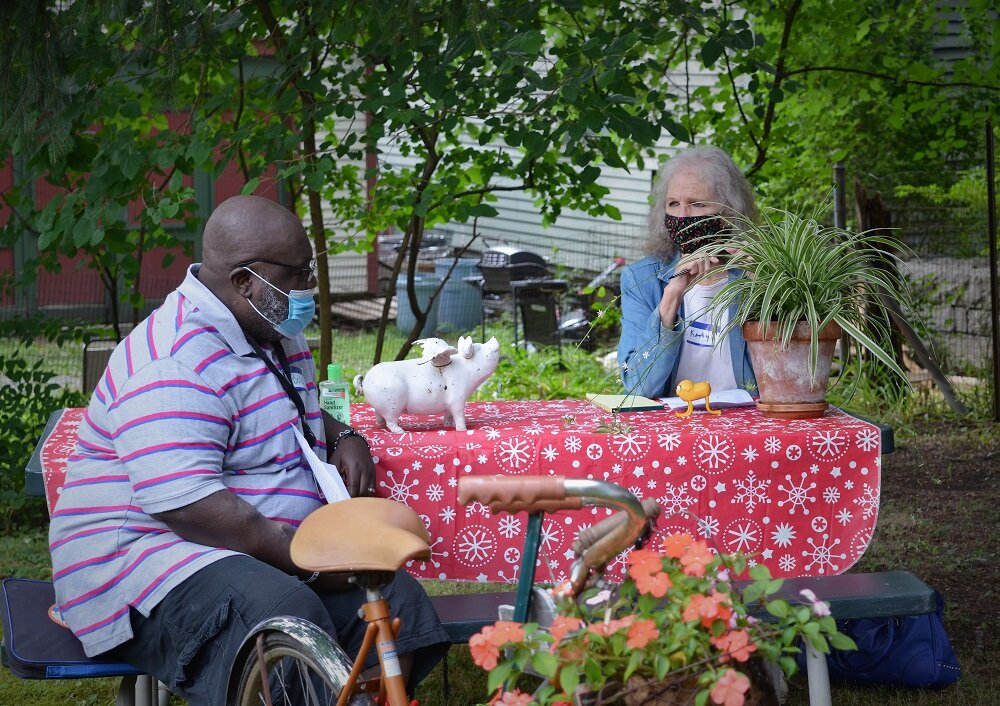
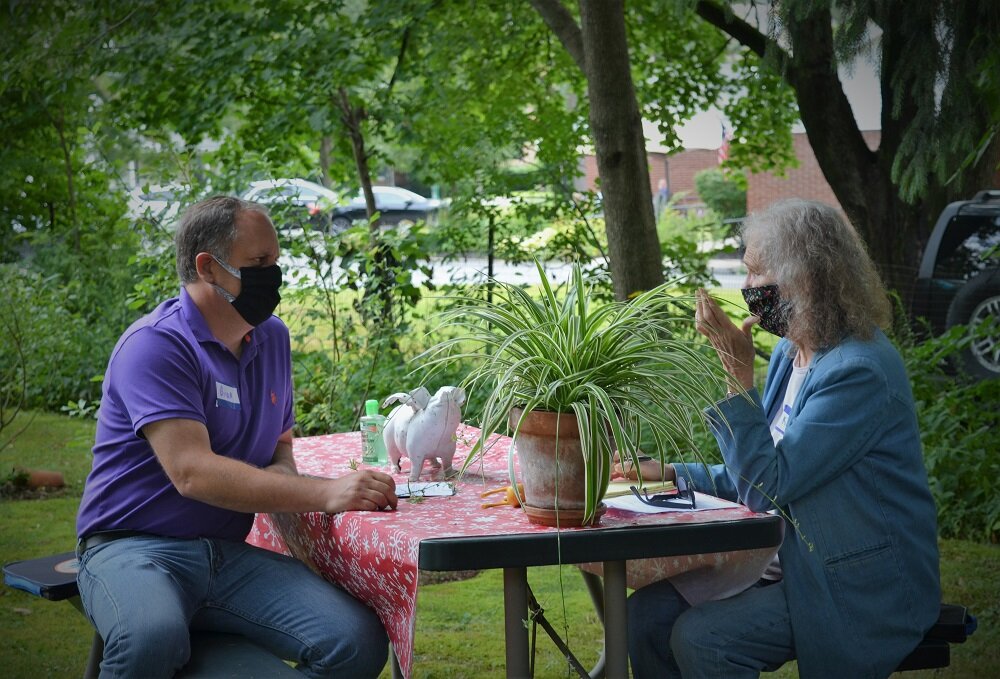
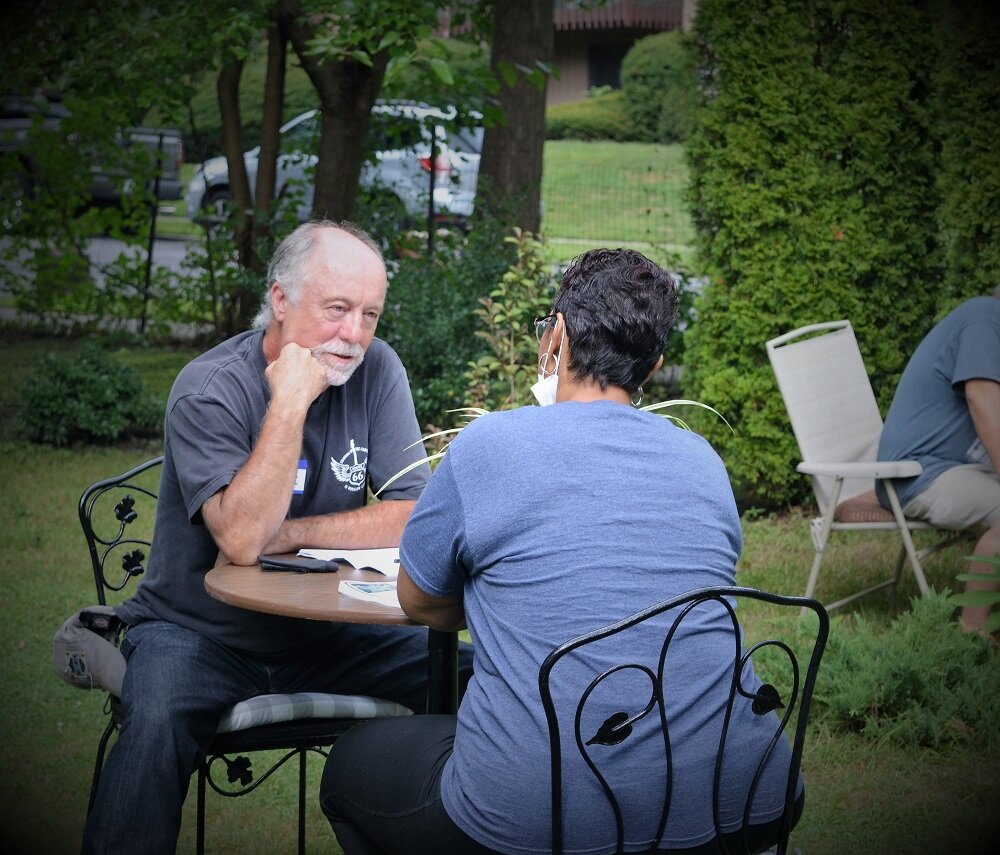
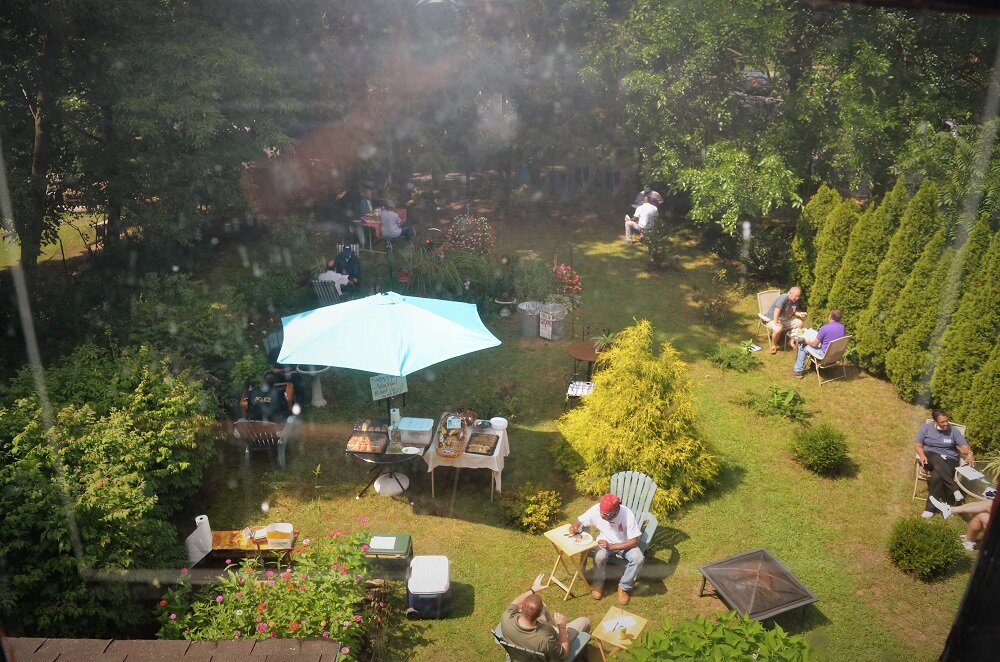
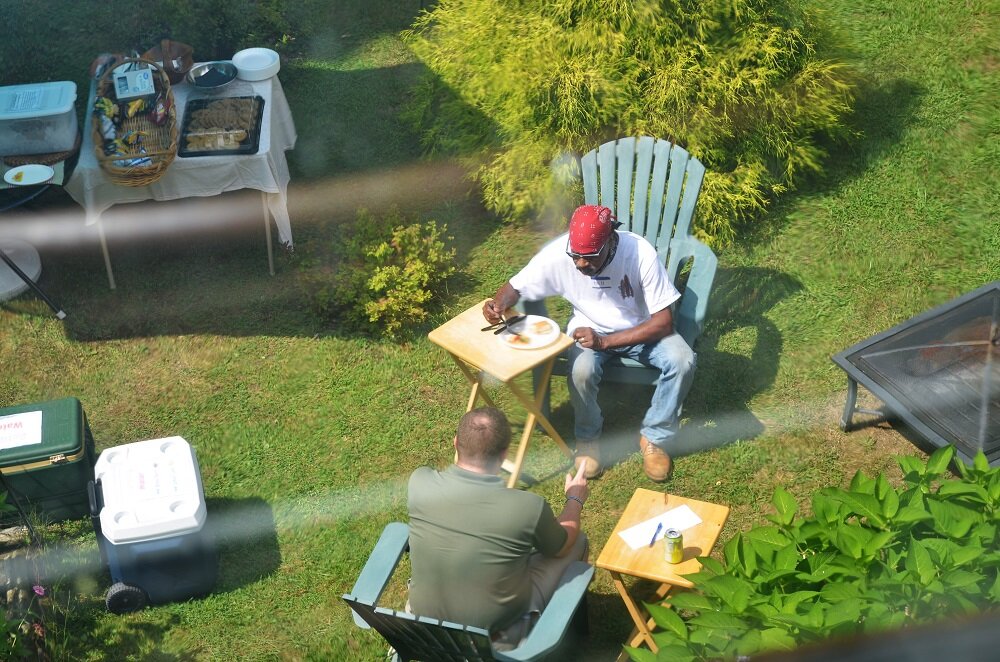
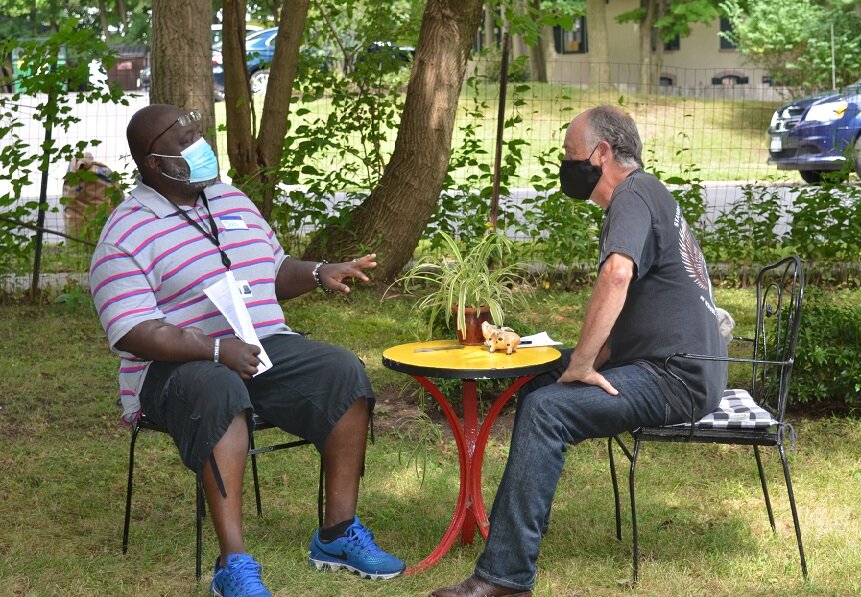
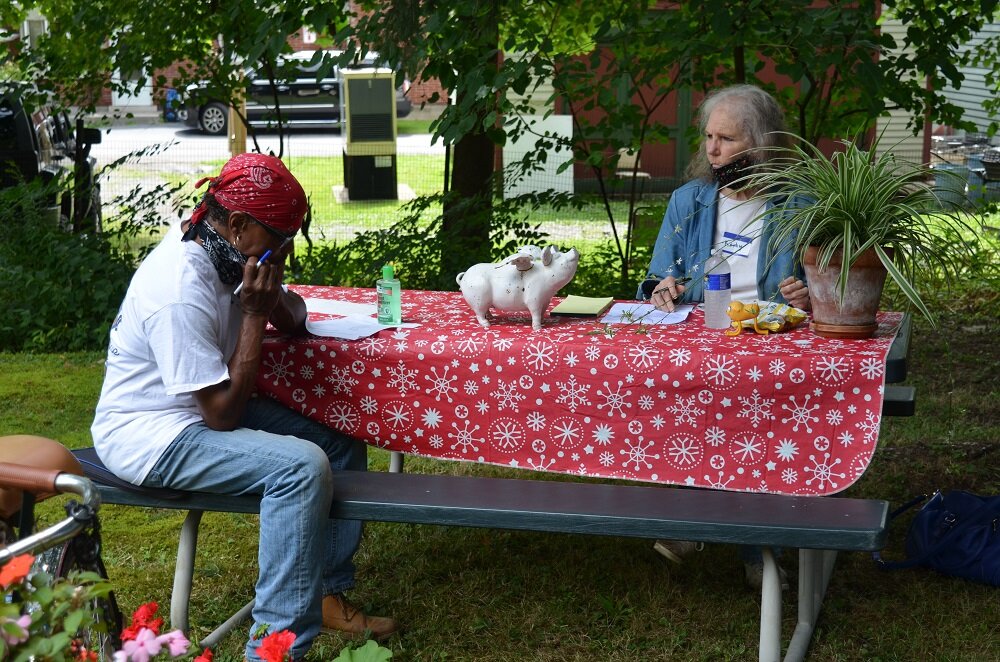
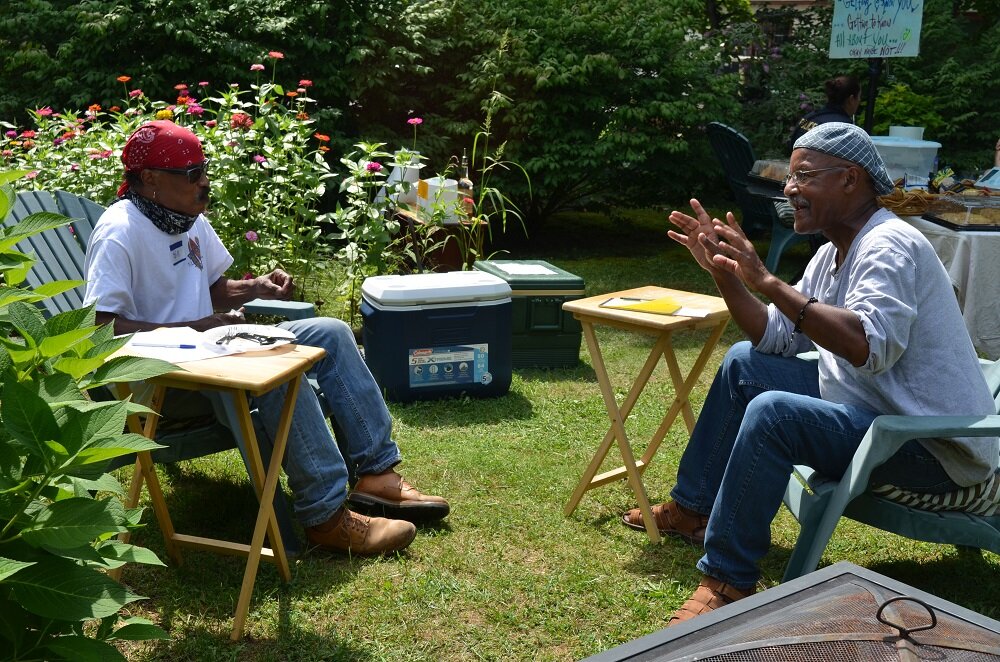
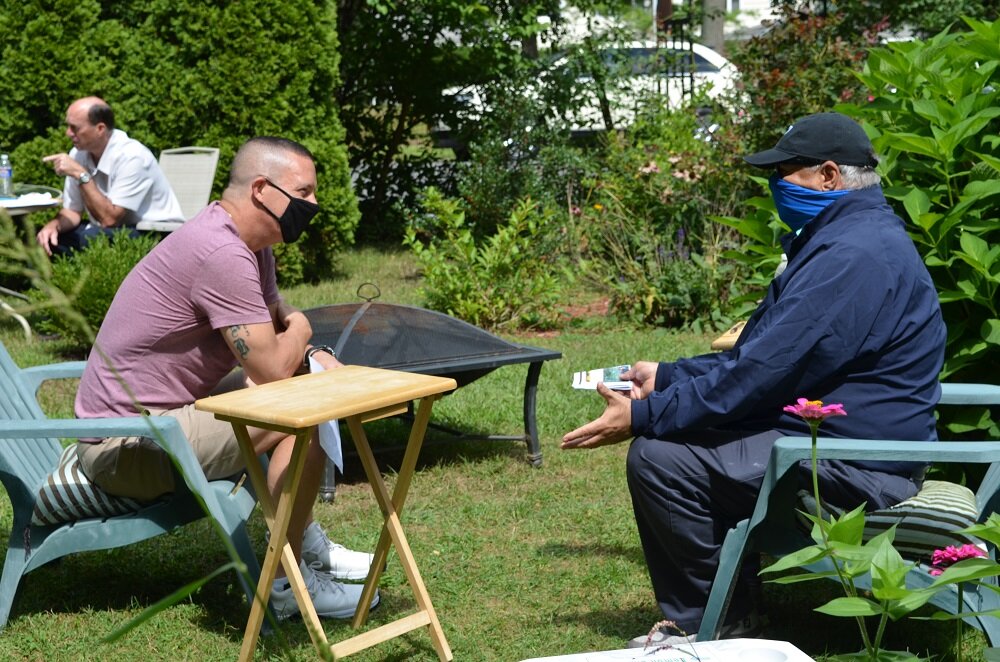


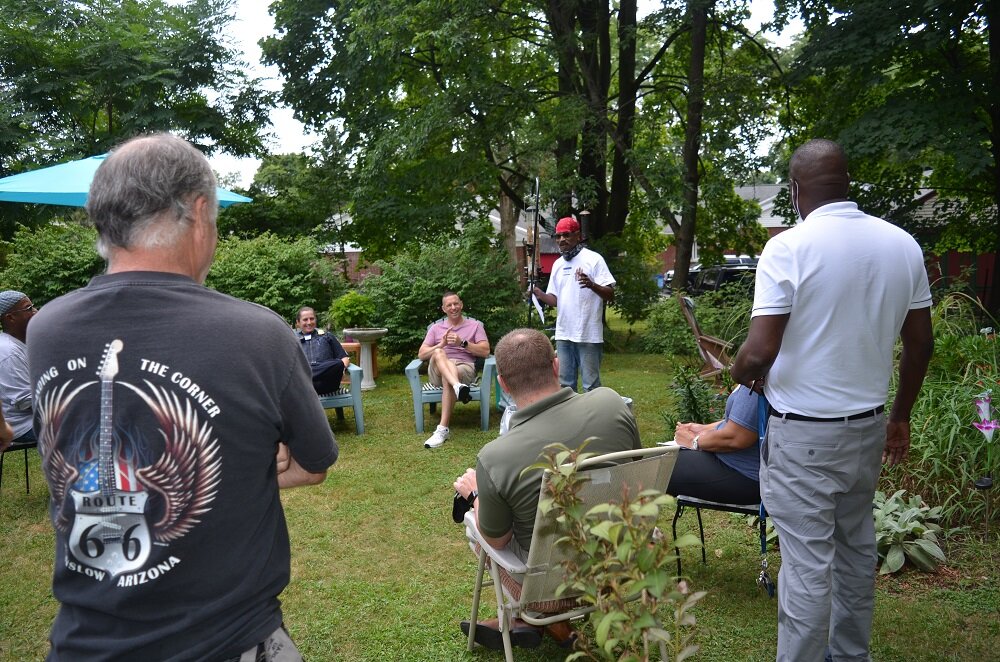

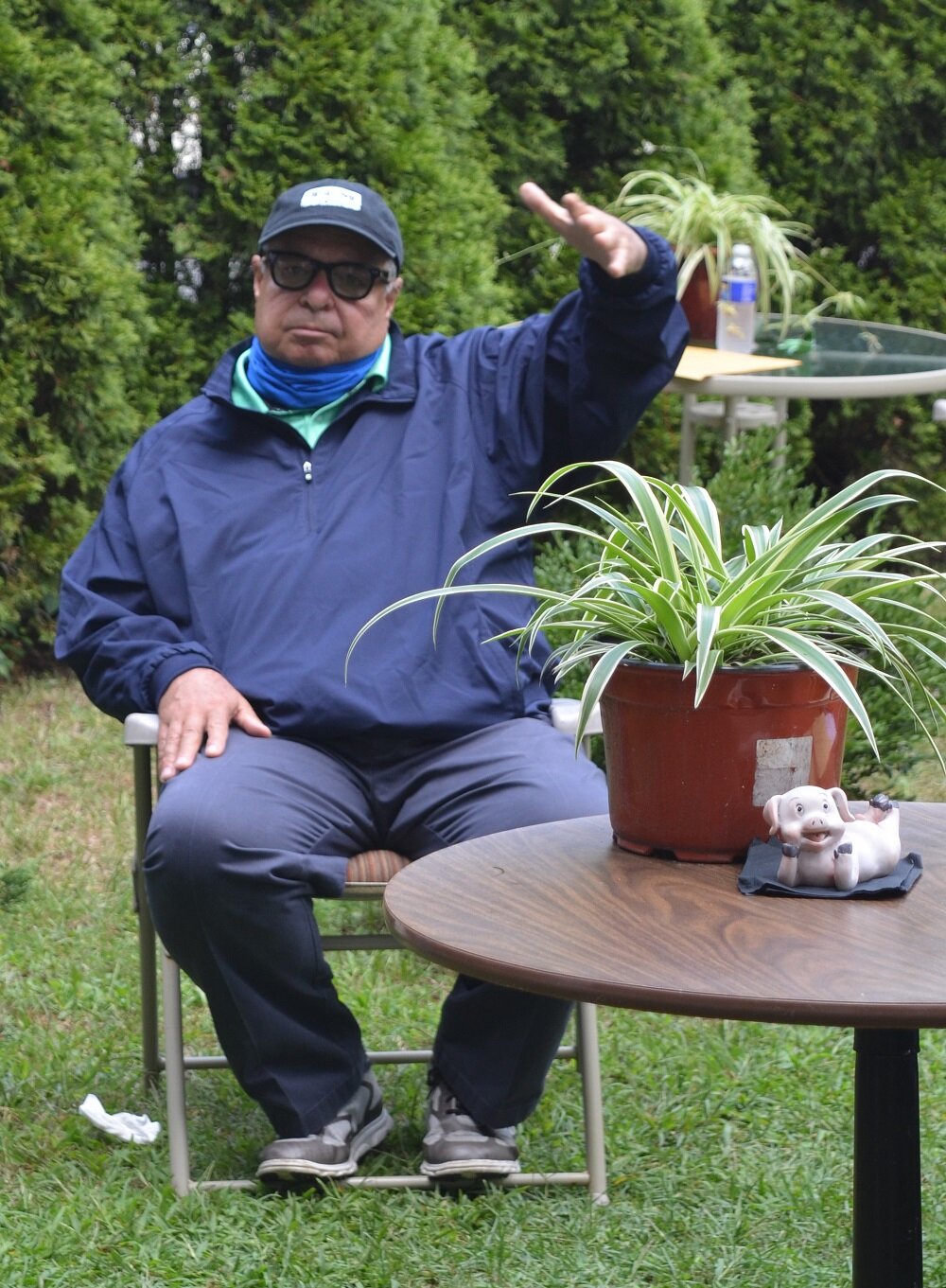
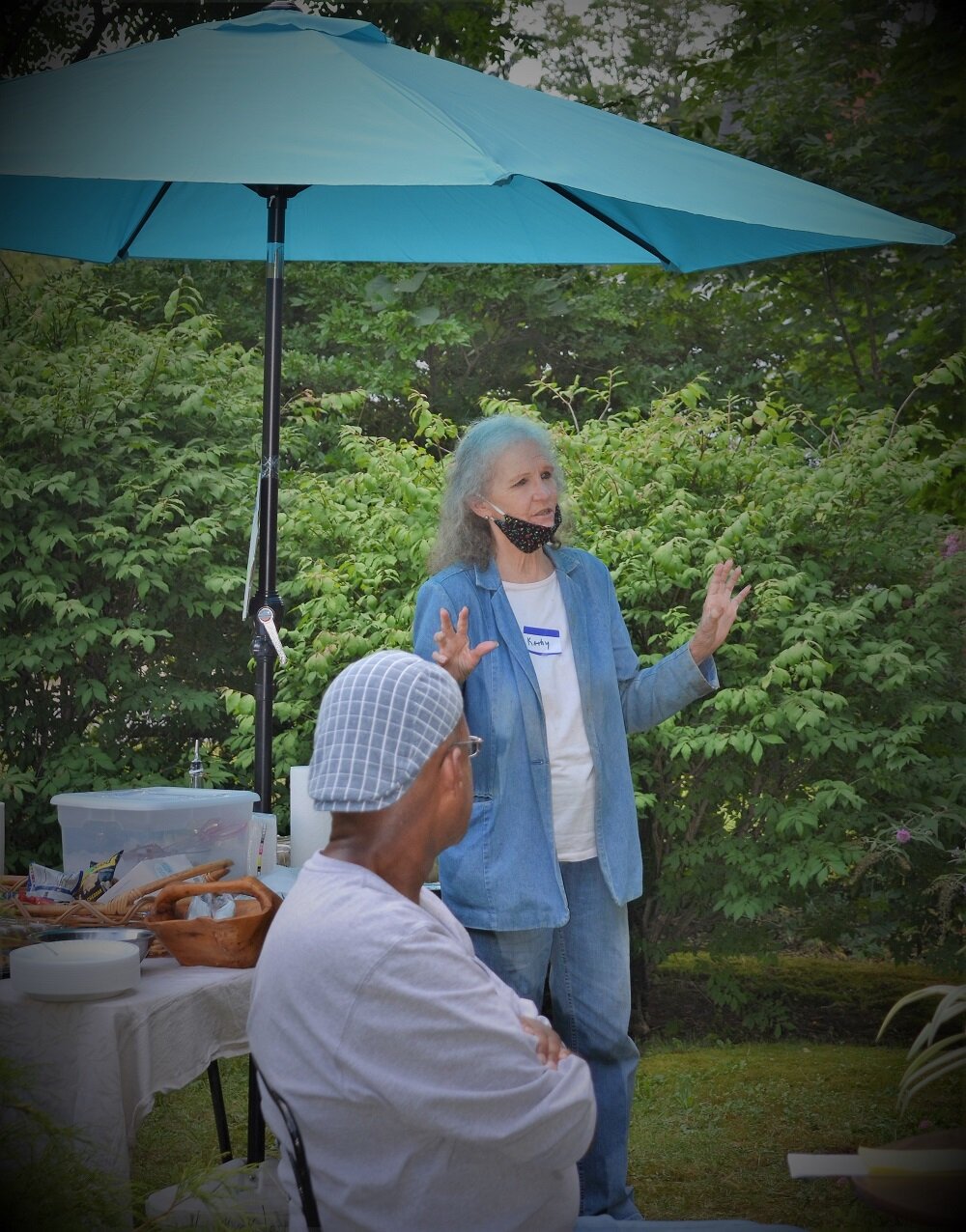

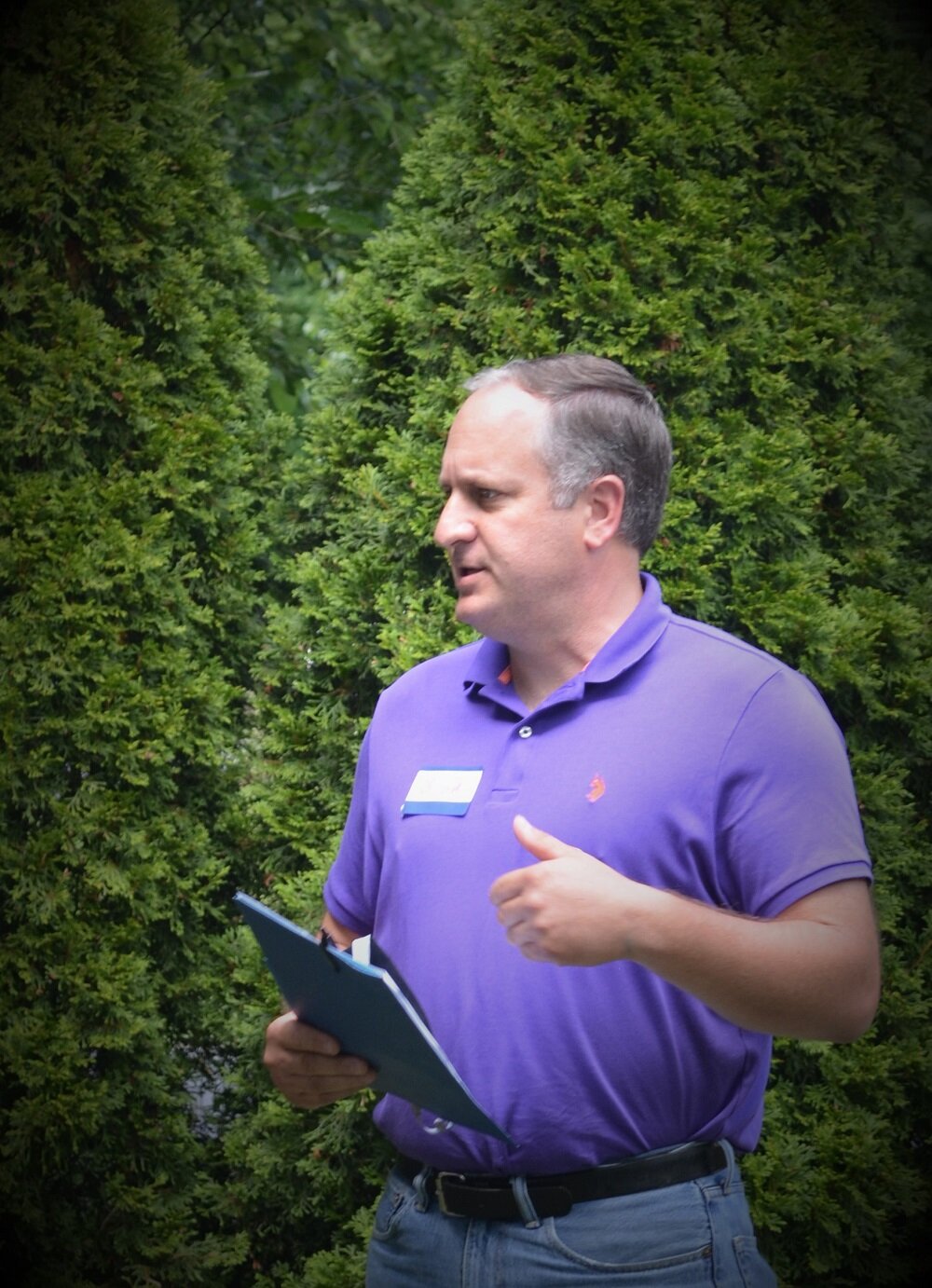


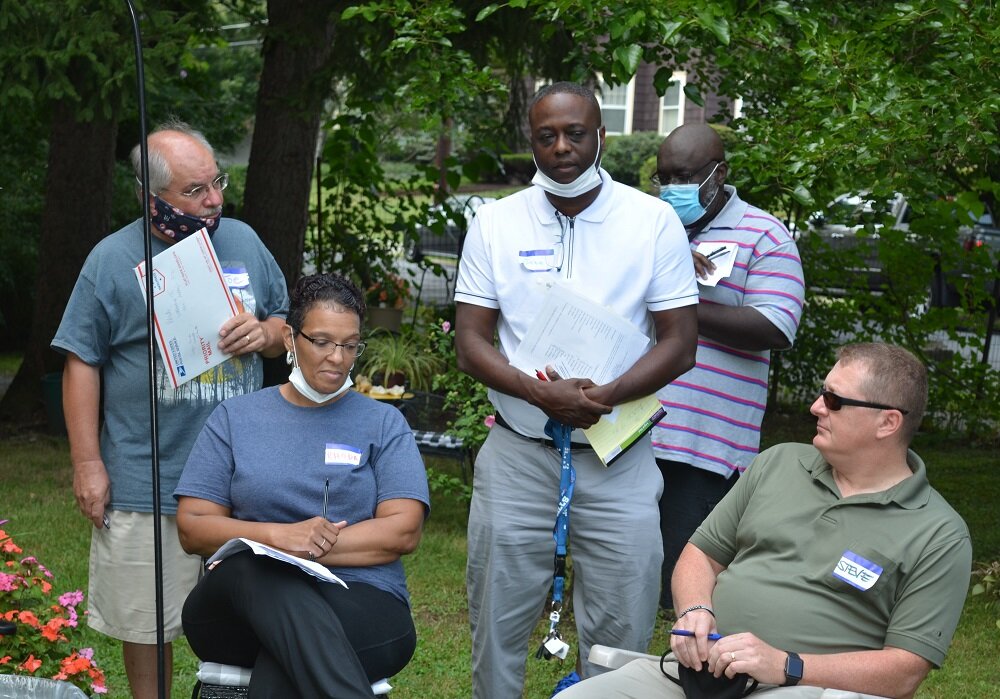
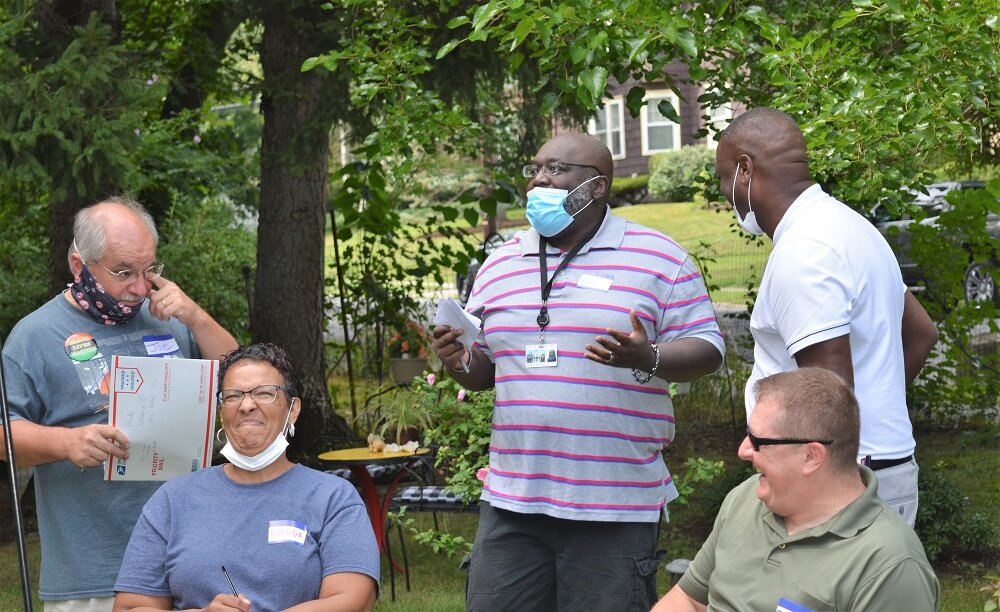
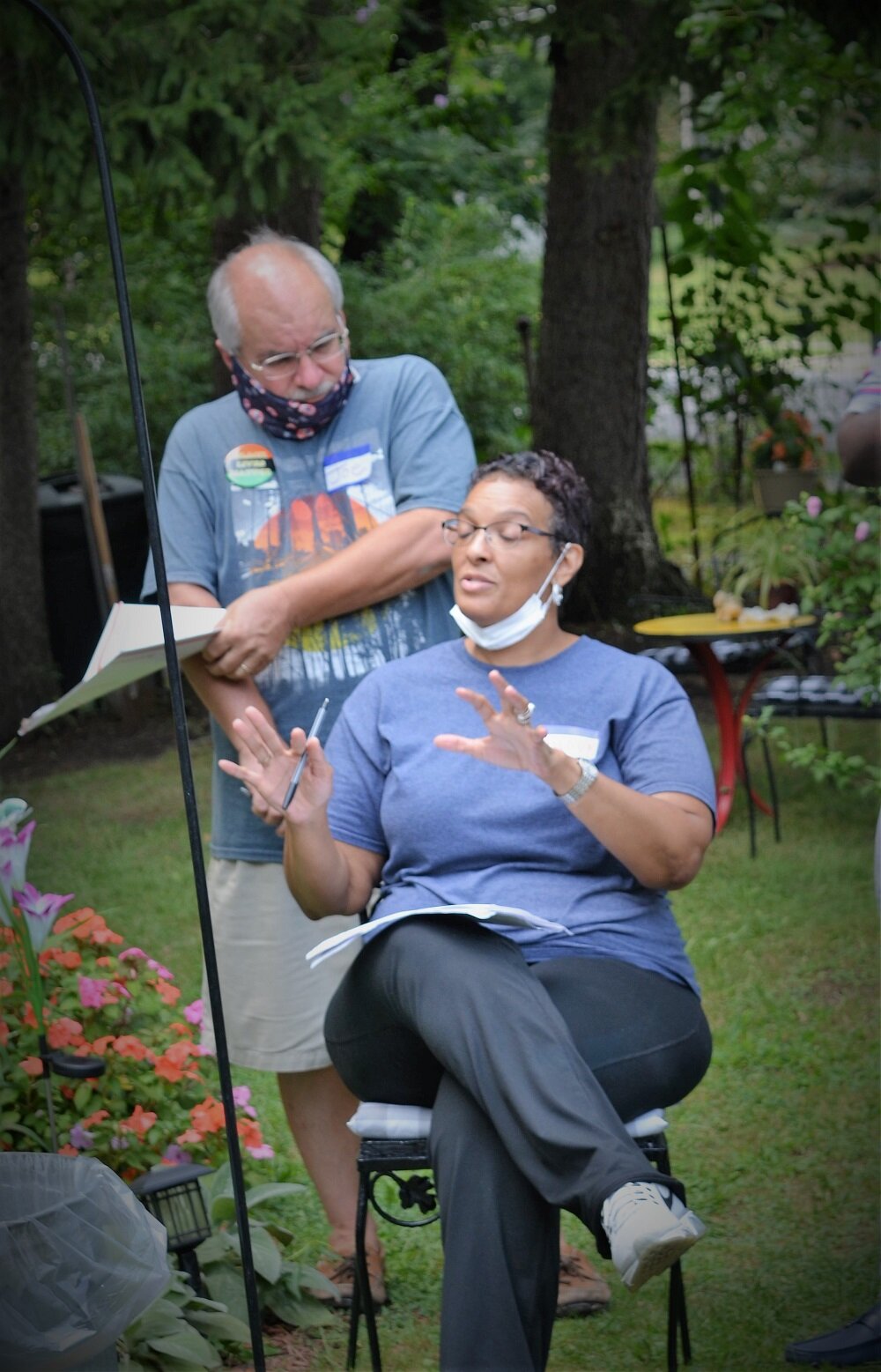






![[Left to Right] Chief Joe Morabito, Auburn Fire Department, Jack Hardy, Chair, Auburn Civil Service Commission, Deputy Chief, Roger Anthony, Auburn Police Department, and Lieutenant, James Slayton, Auburn Police Department. Photo taken at the “Conne…](https://images.squarespace-cdn.com/content/v1/5e31ab36a185506f51f4aa69/1598741709627-TIFS6PM7NLW1AQVNFHOU/Building+Bridges+BTW+12+3+2019.jpg)













